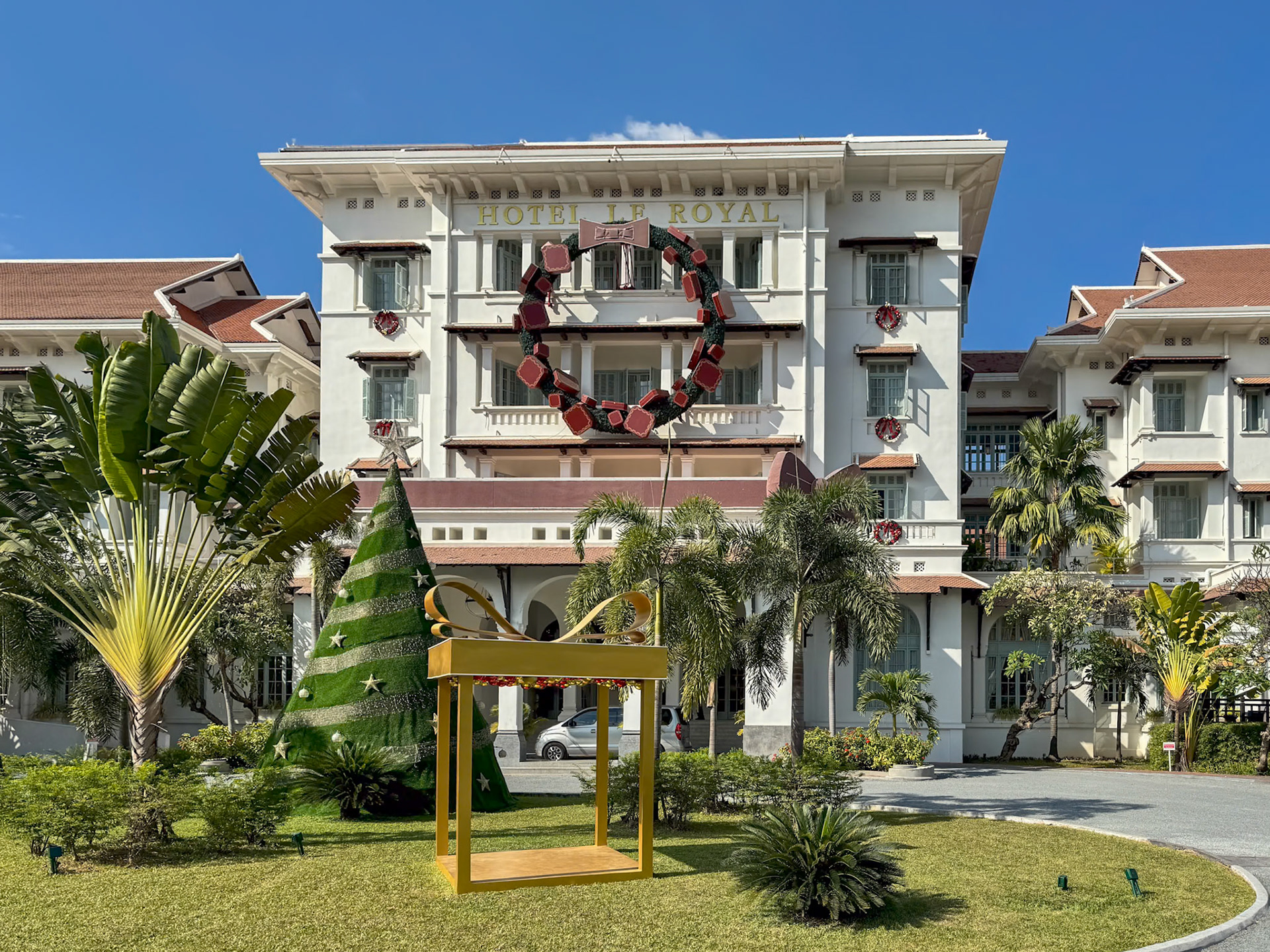
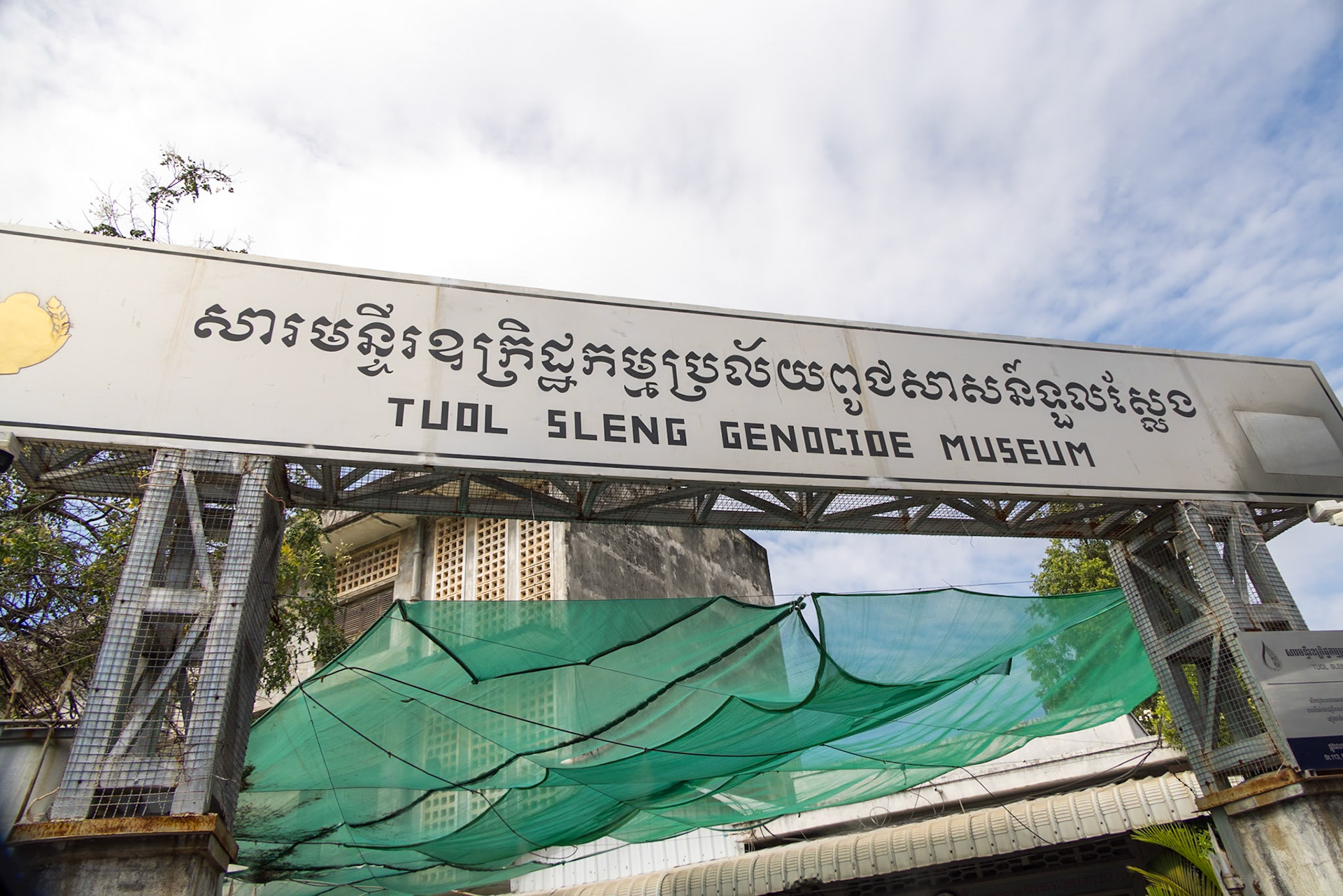
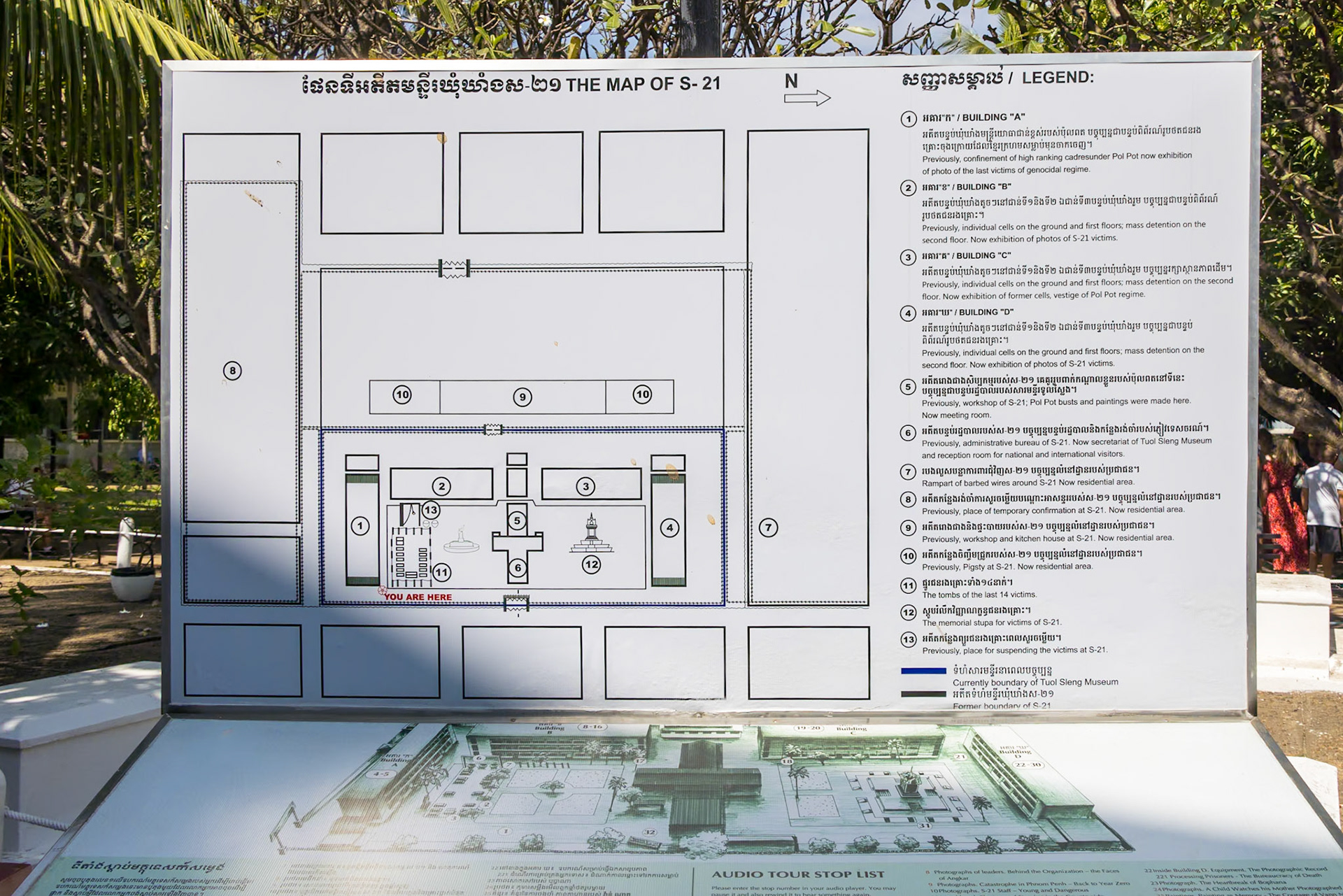
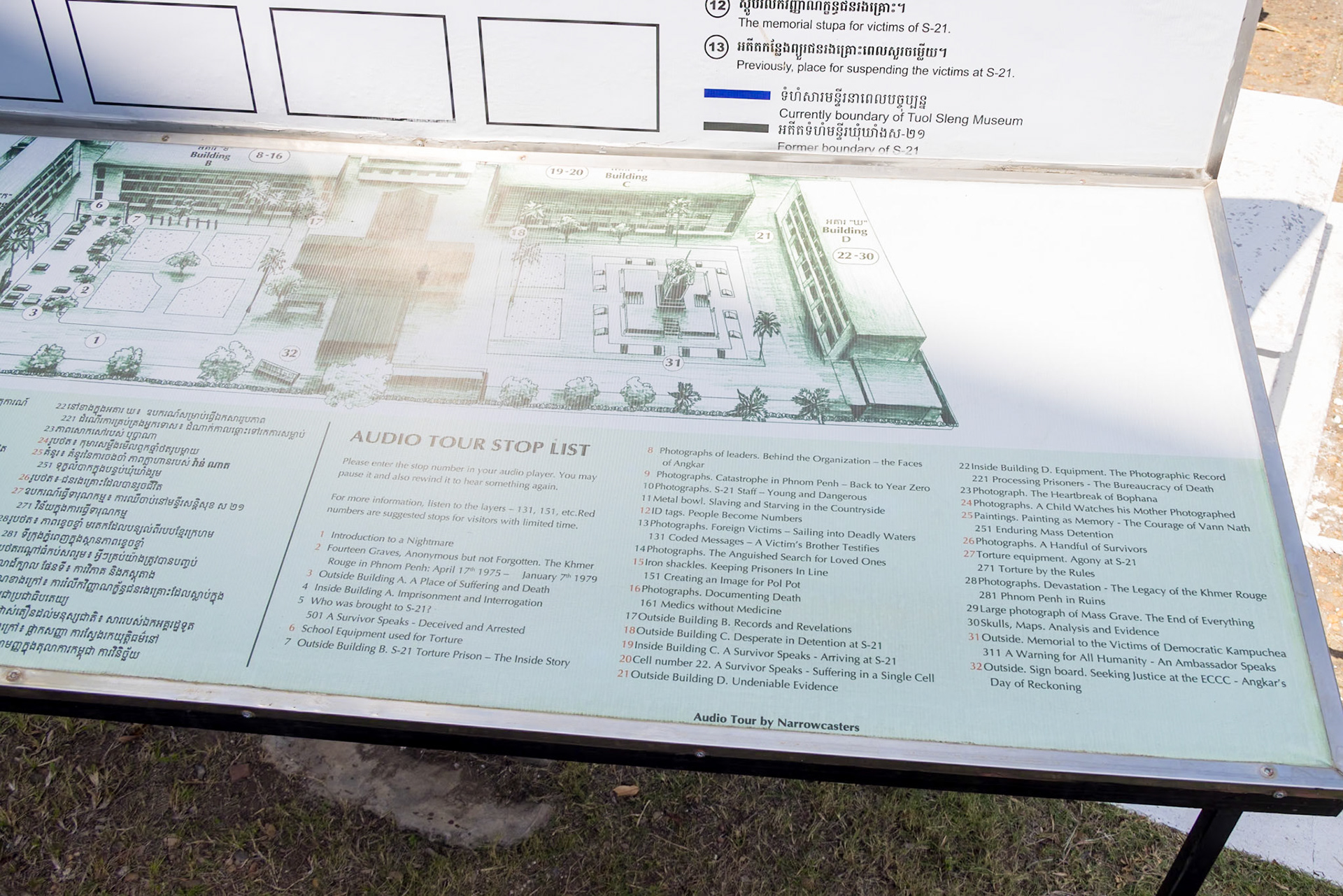
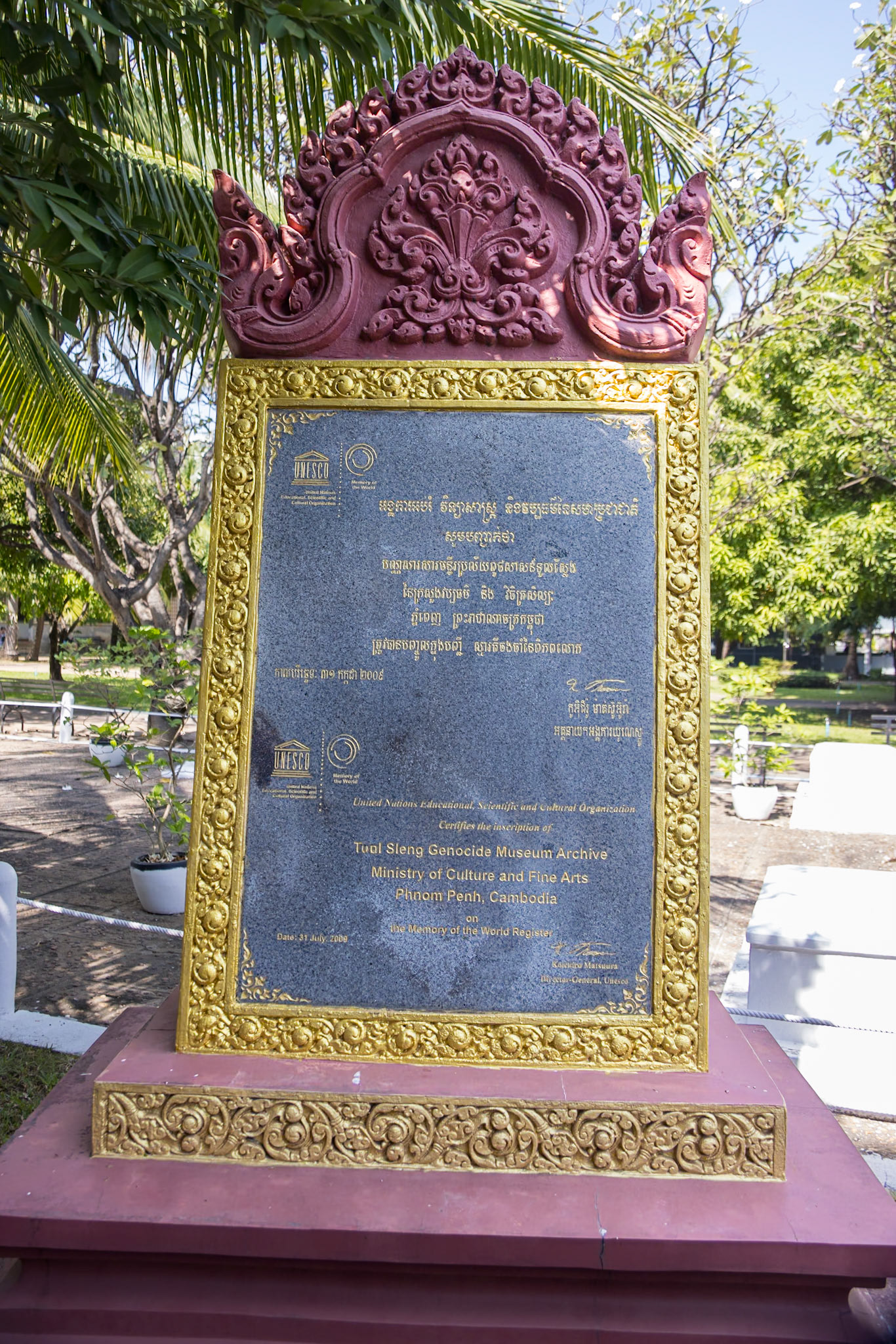
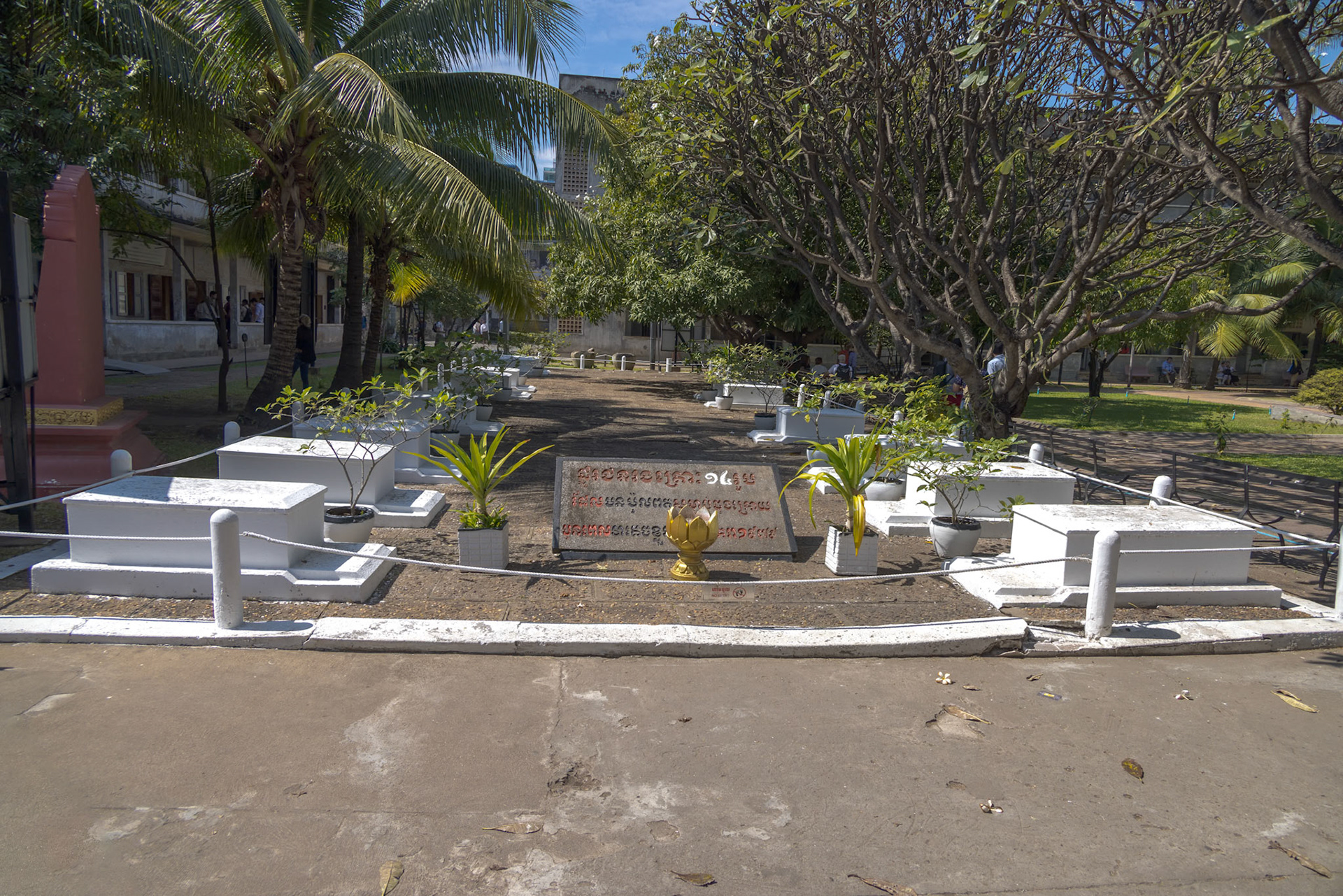
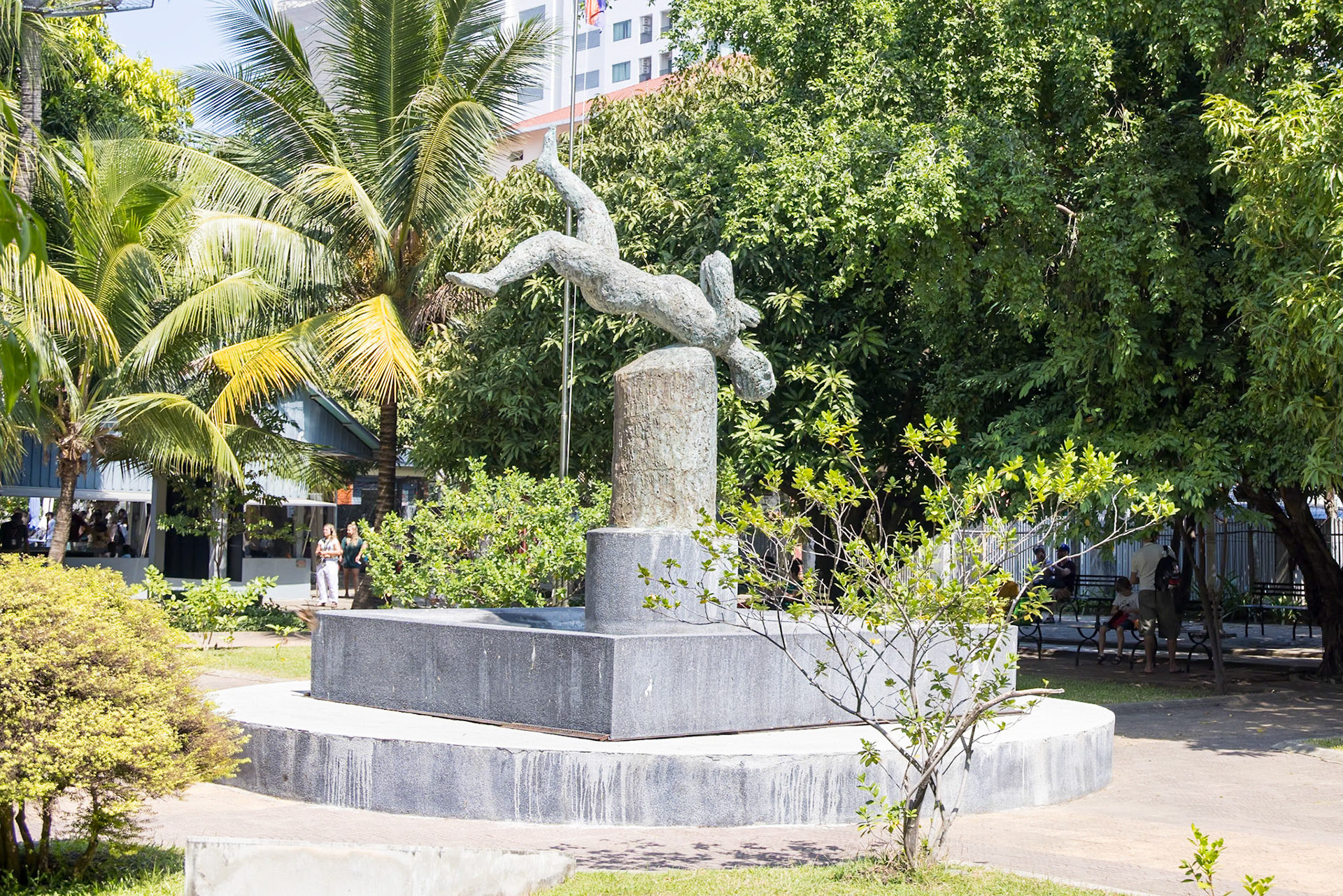
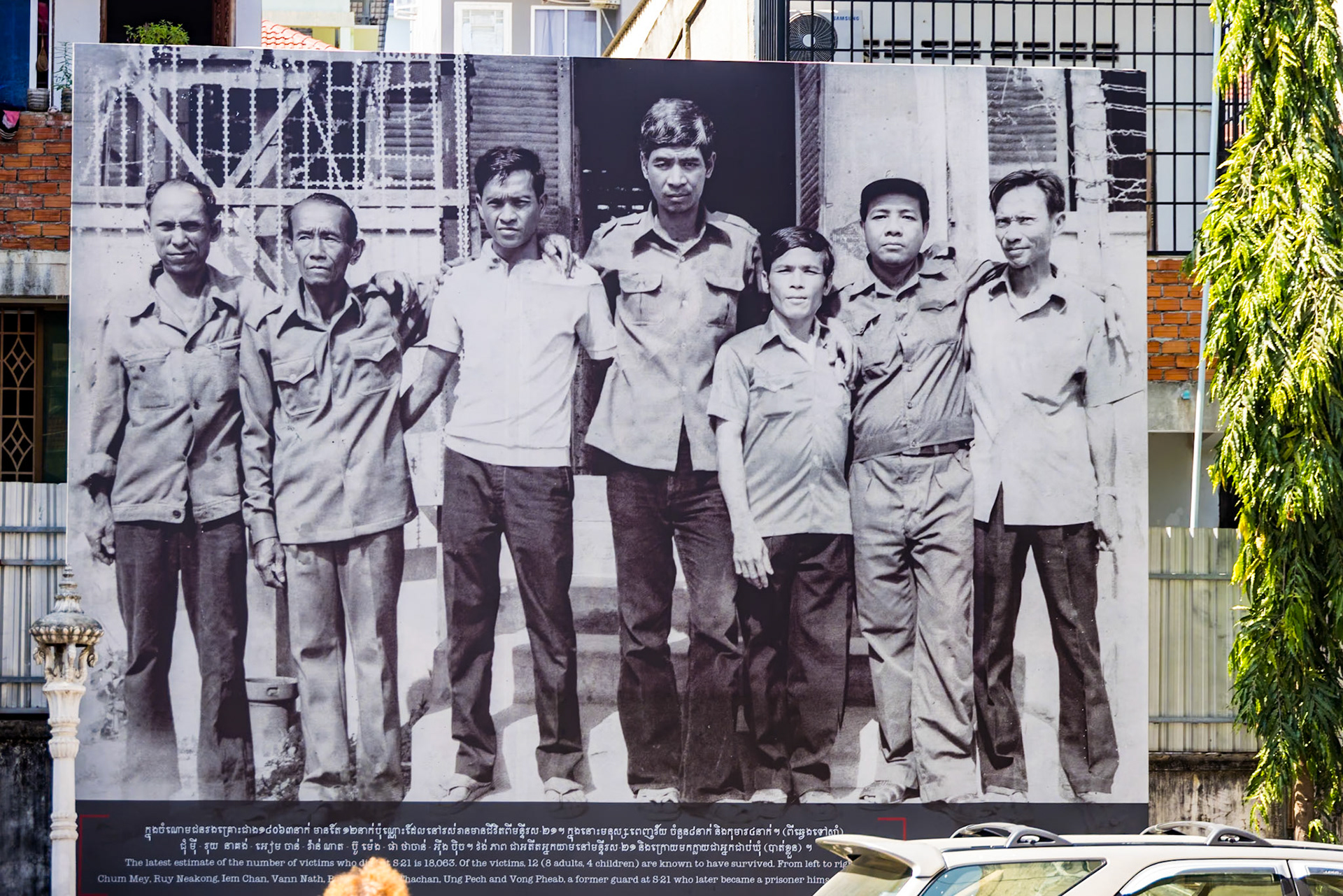
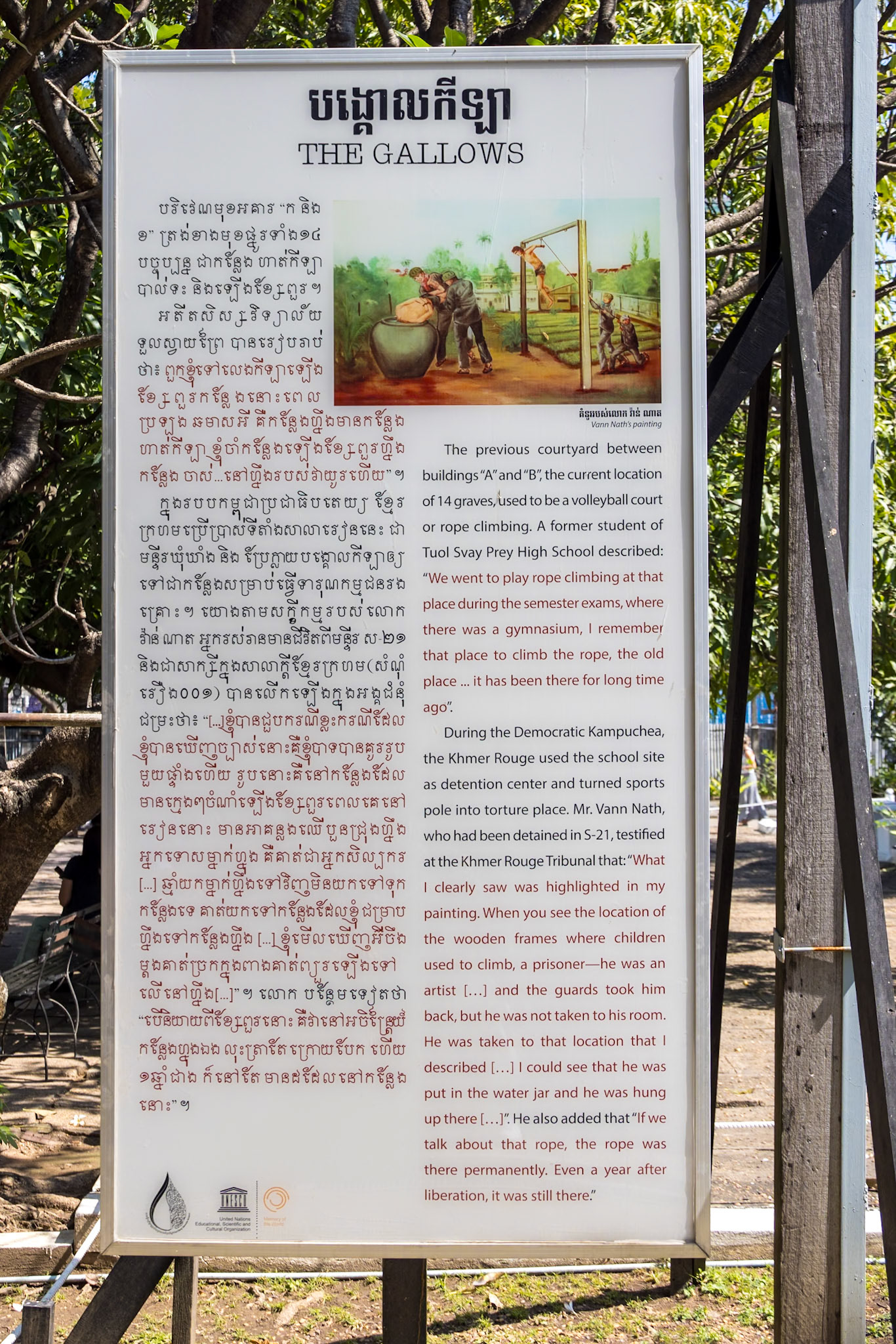
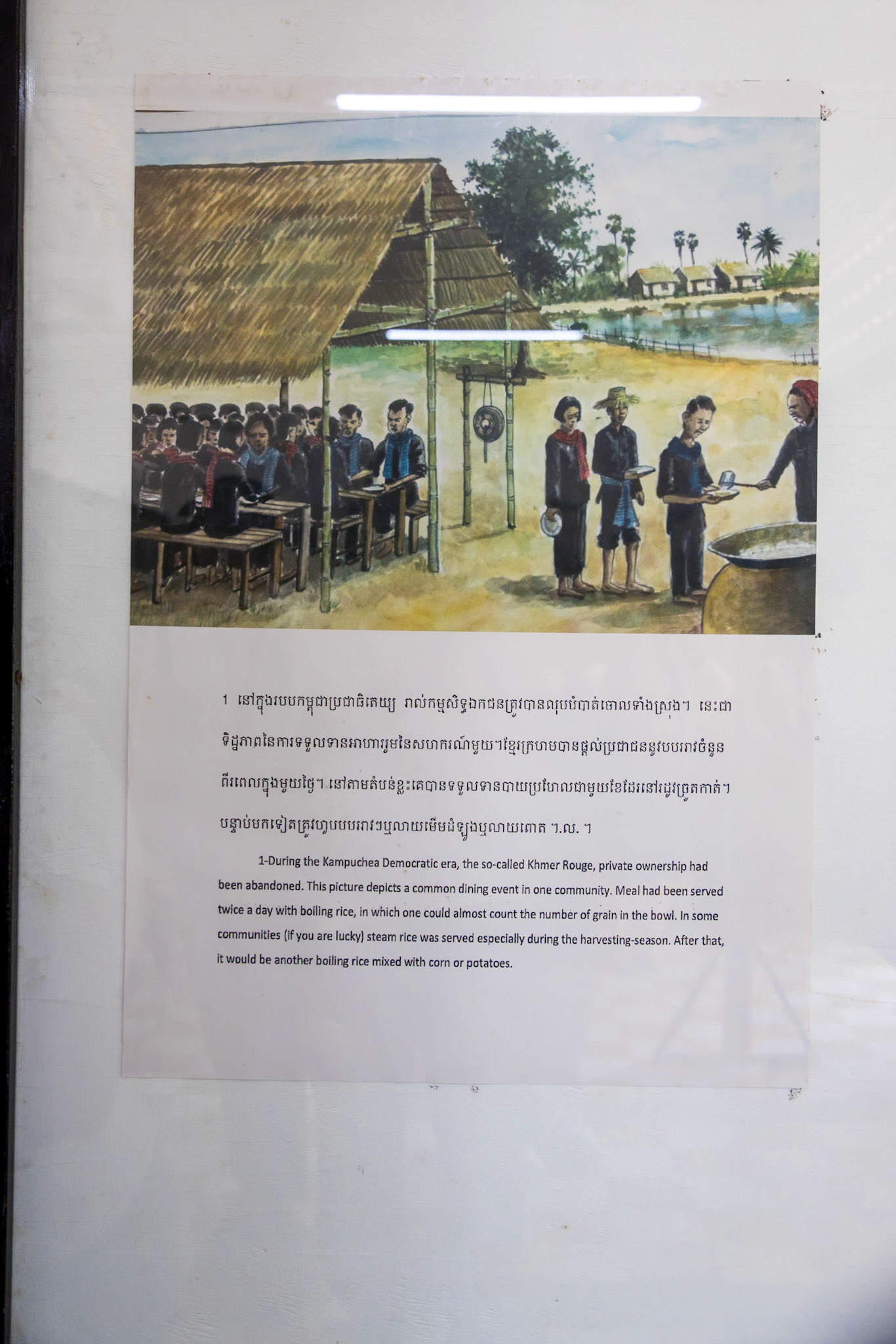
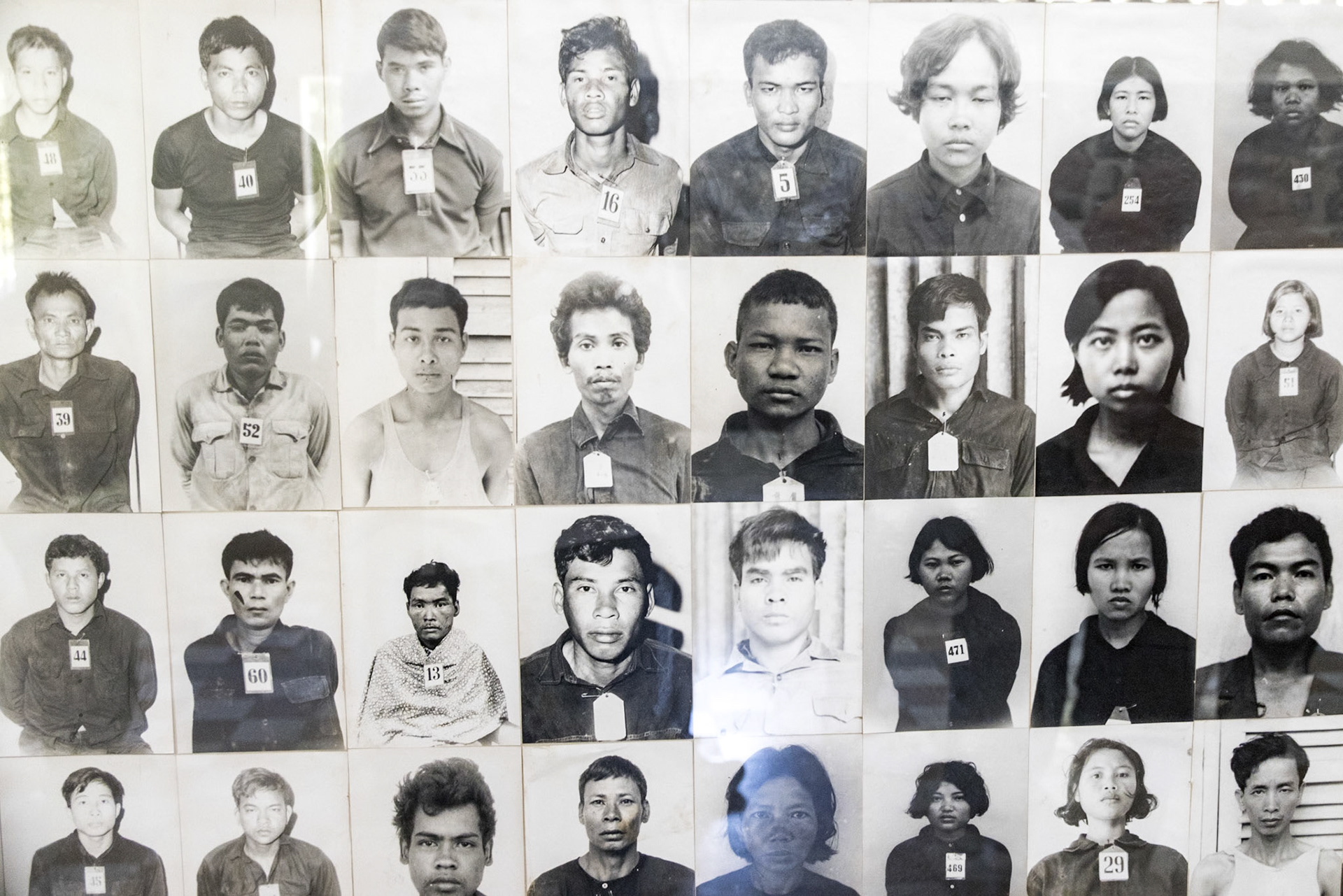
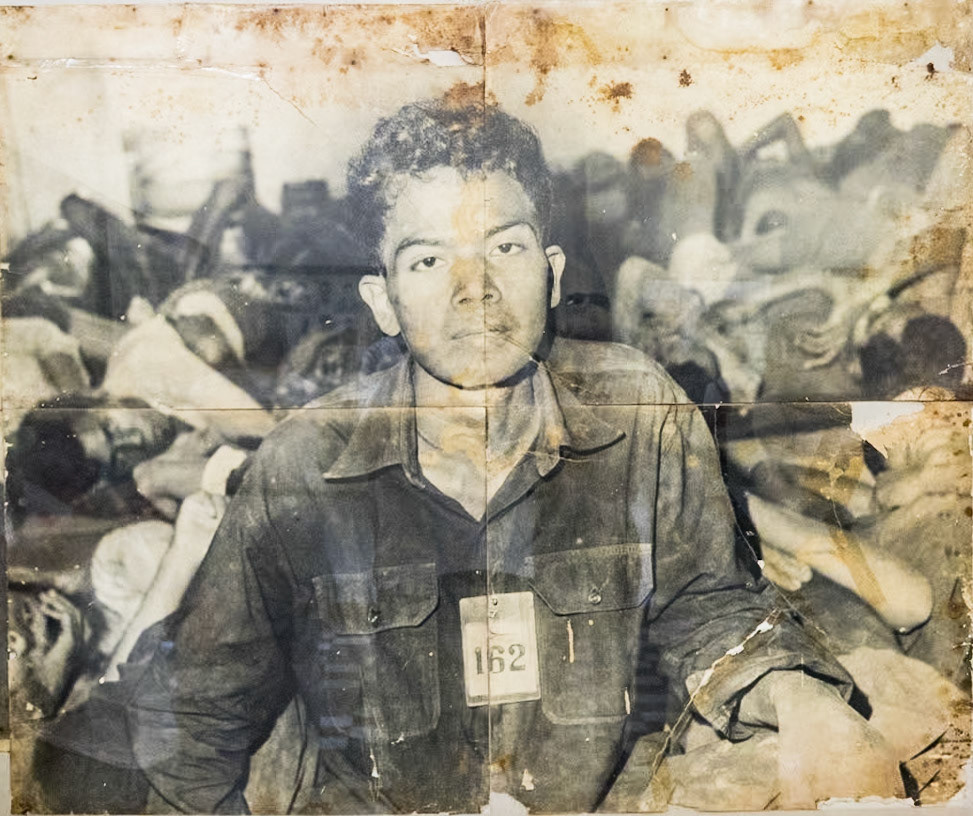
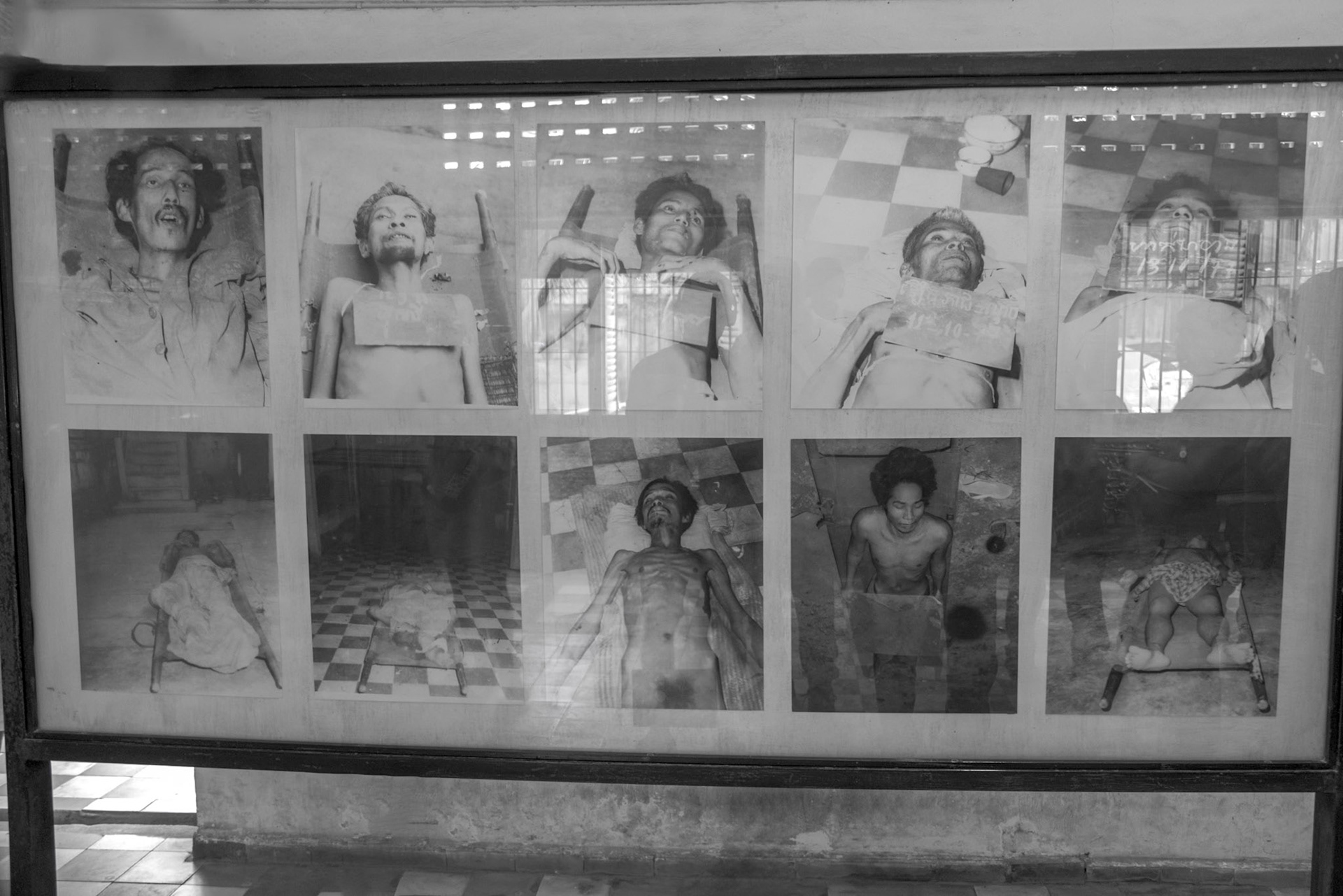
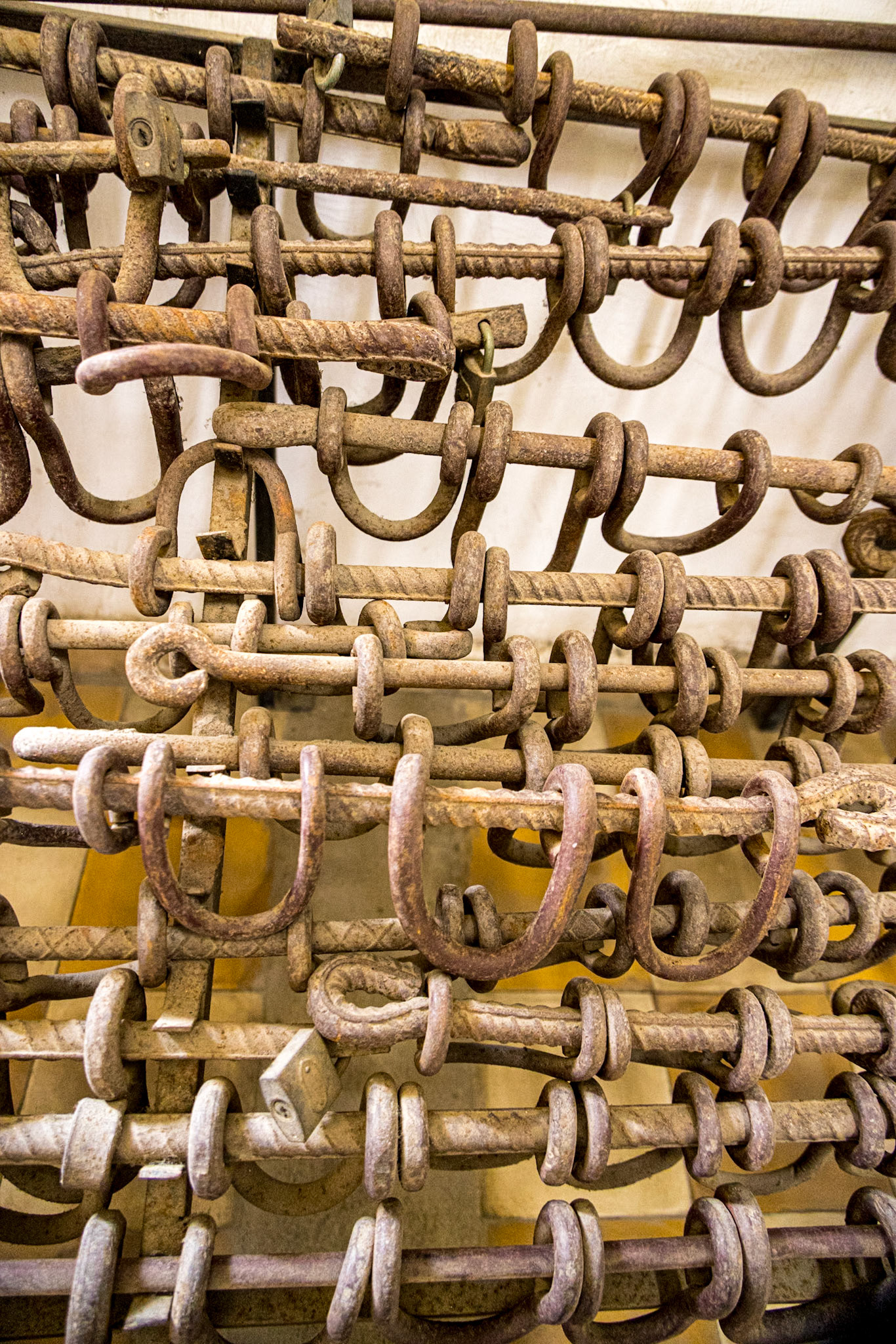
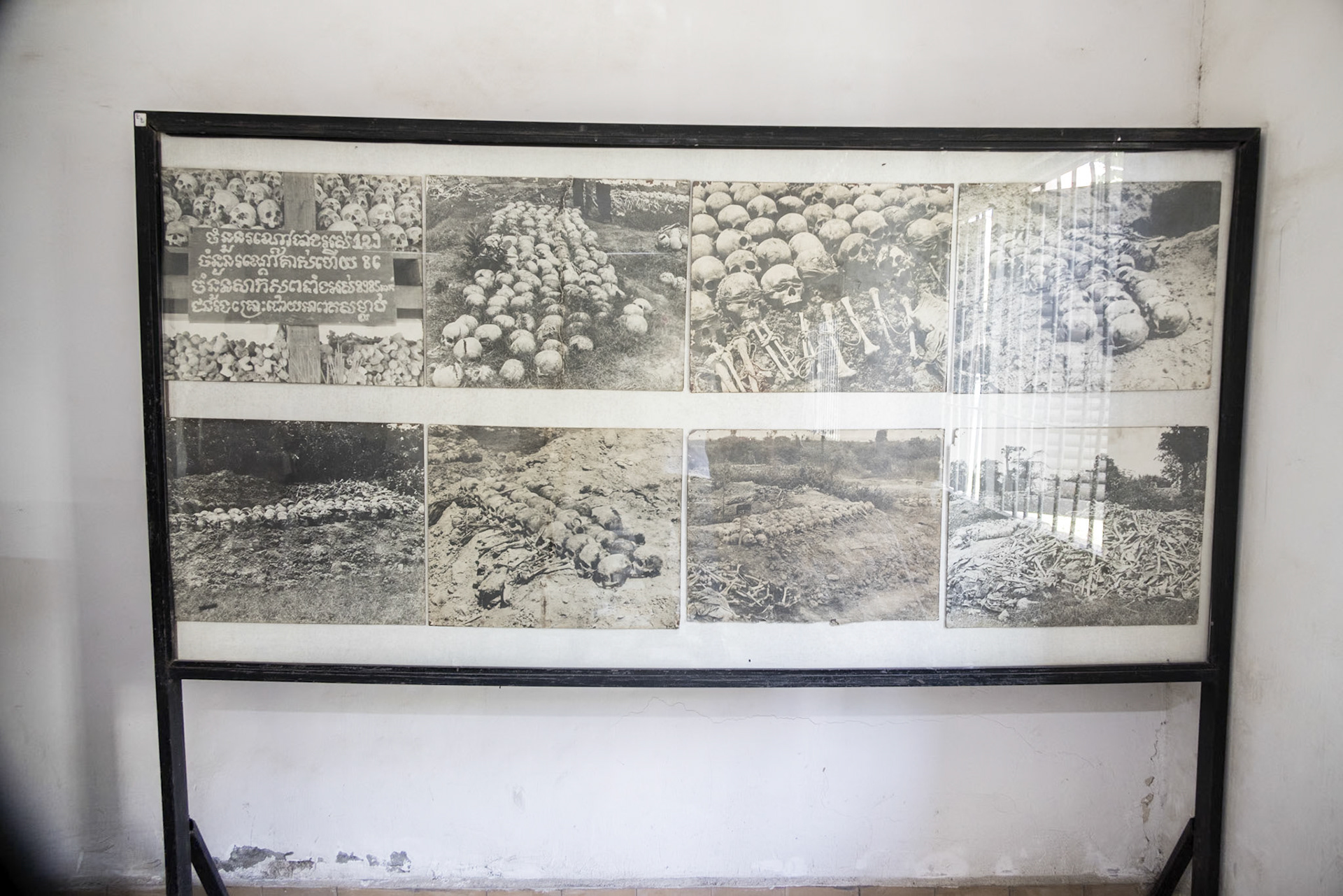
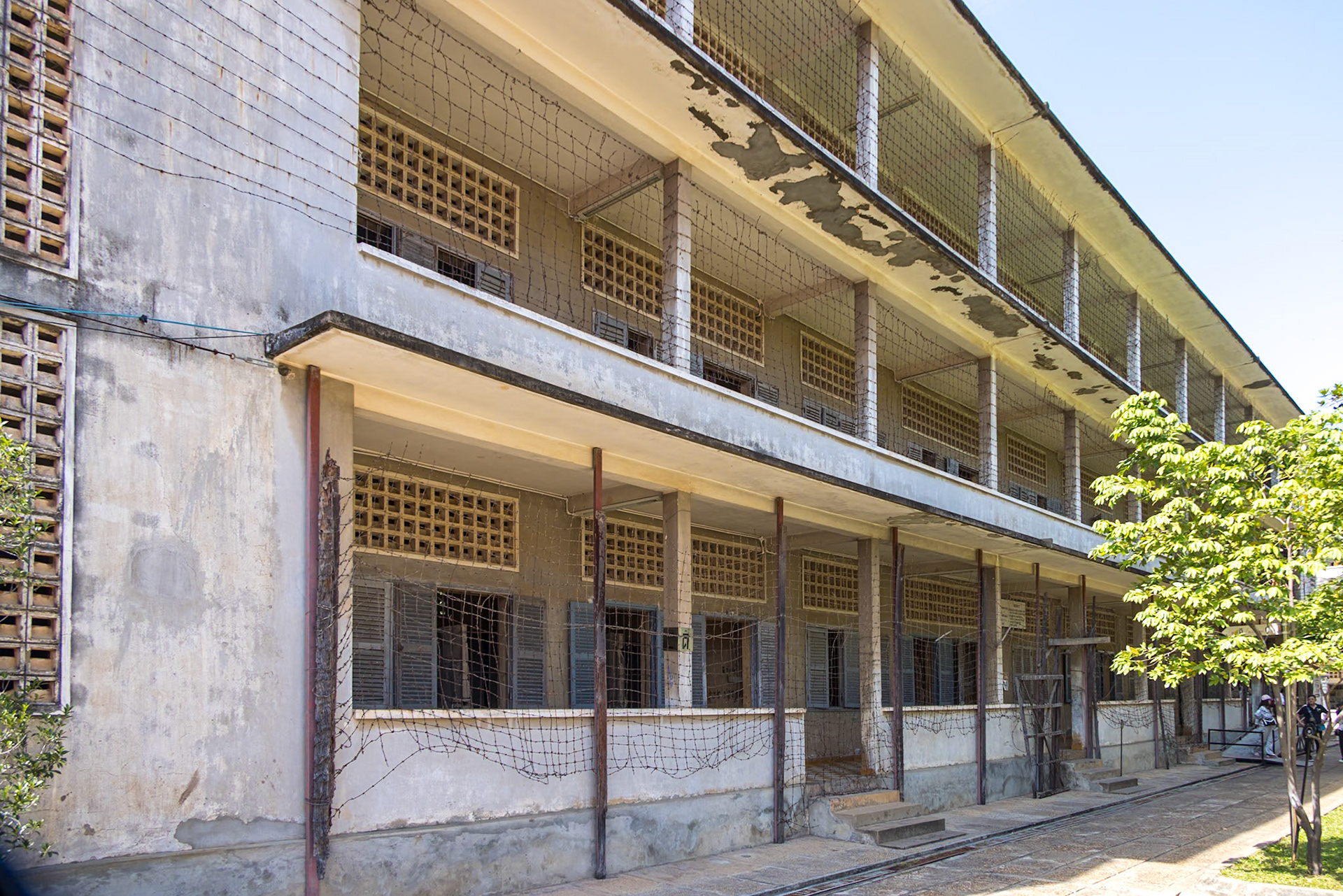
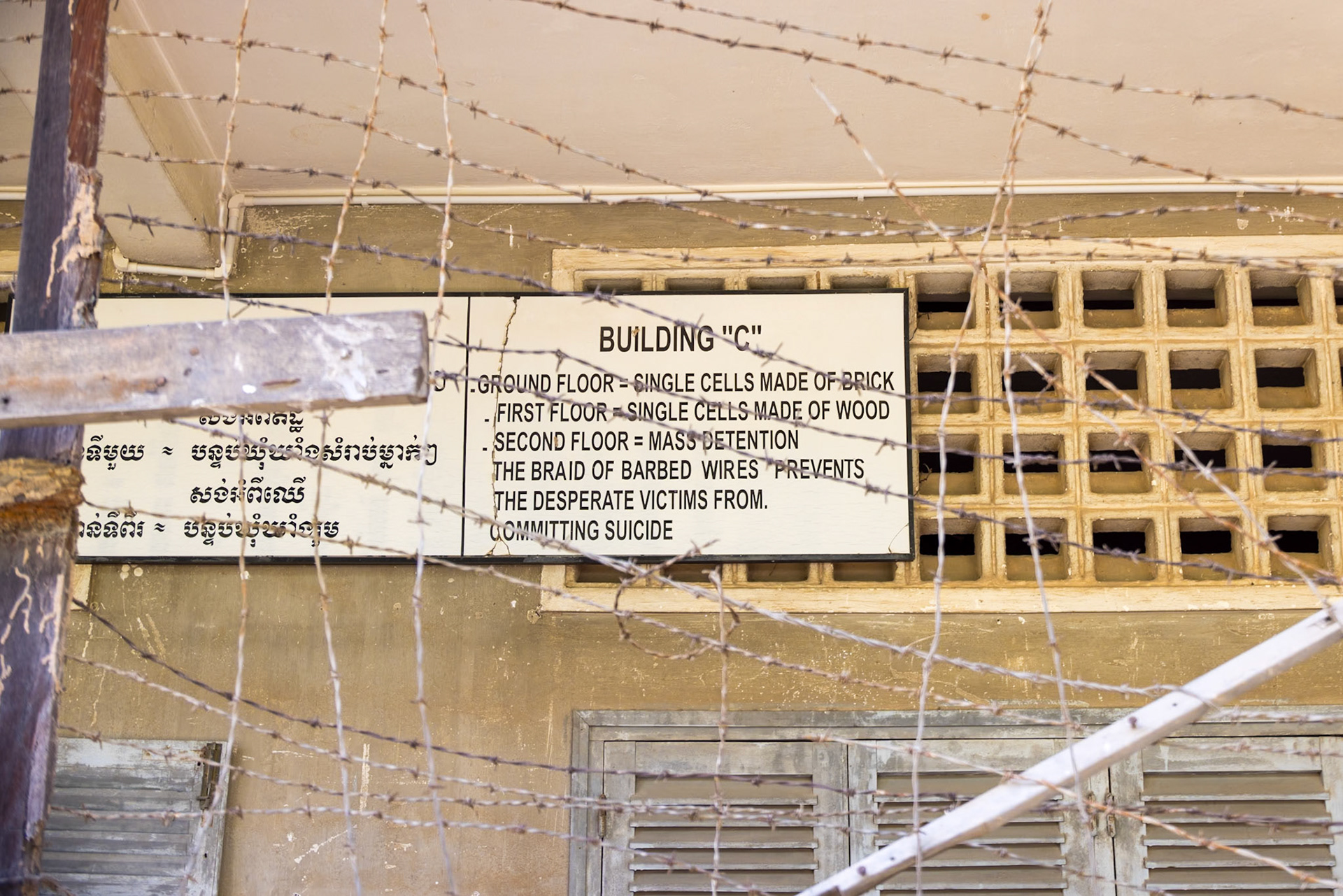
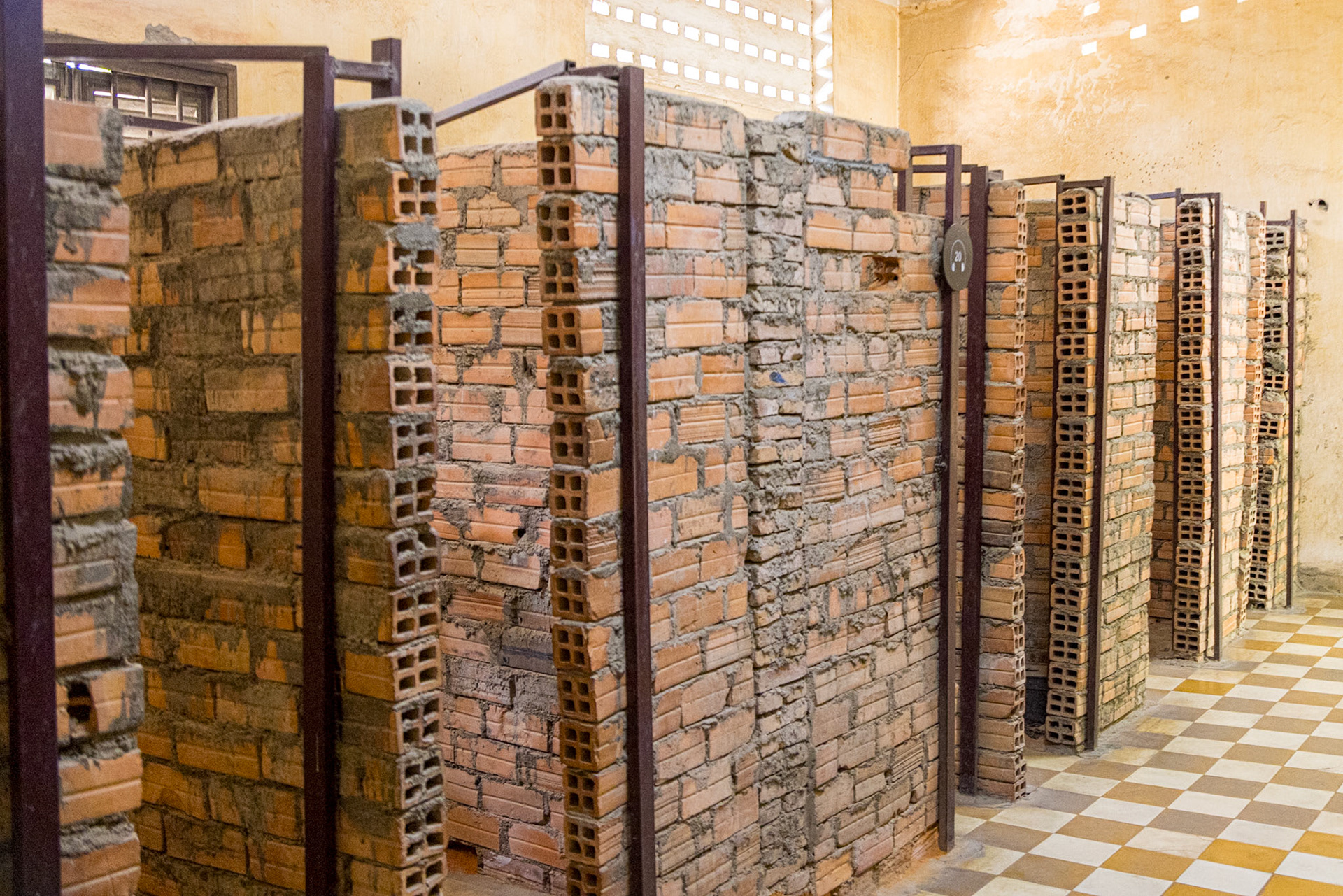
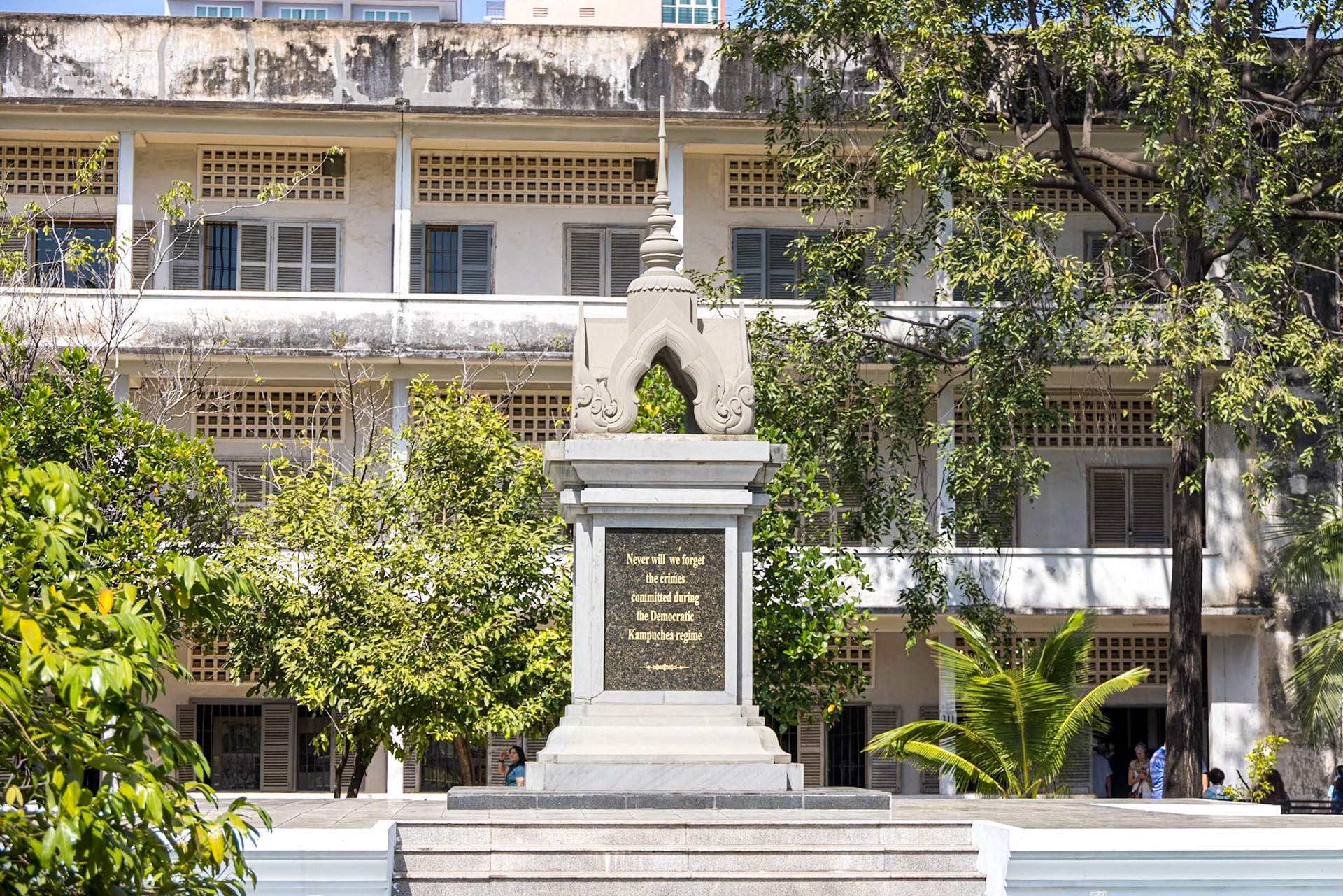
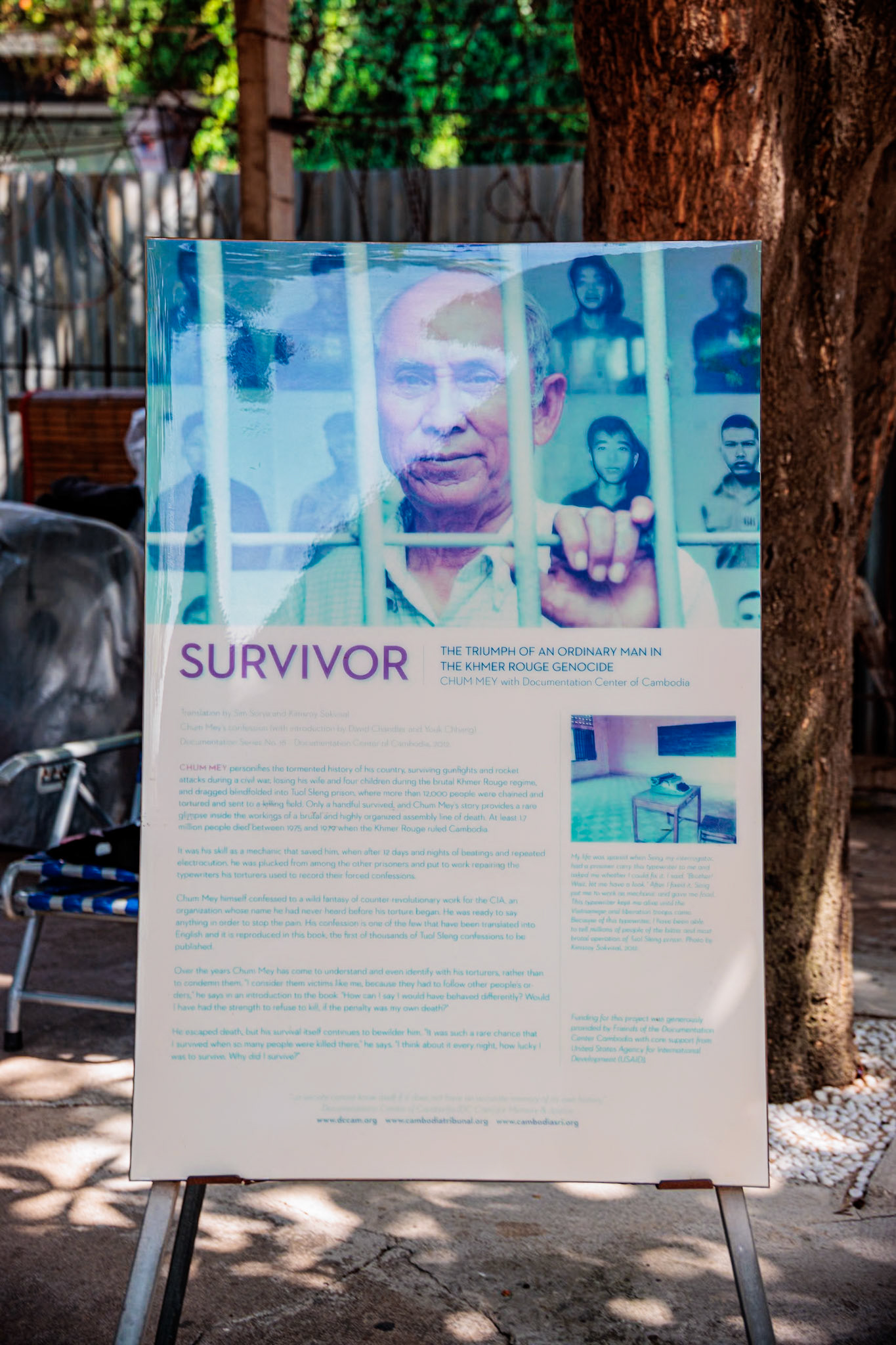
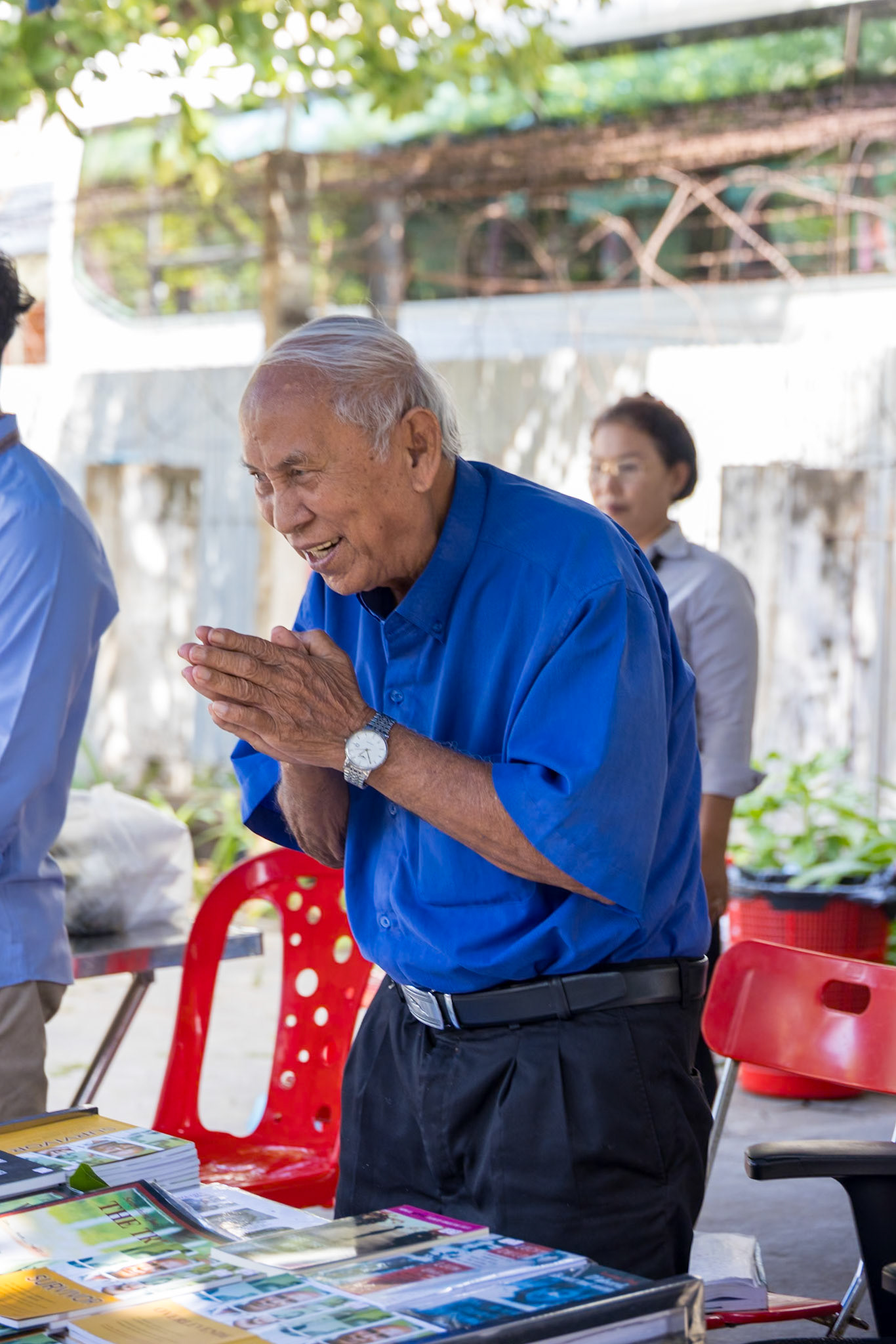
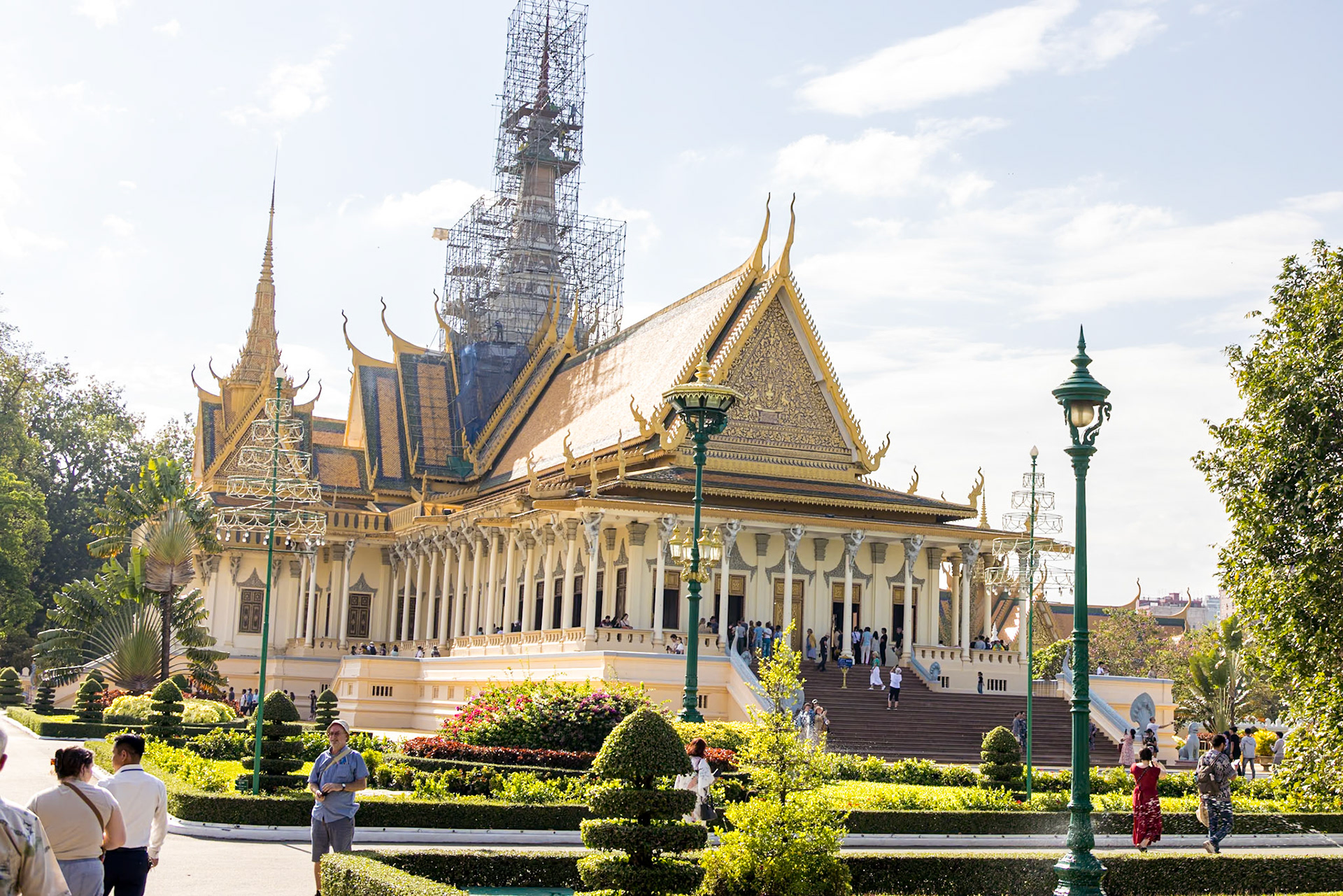
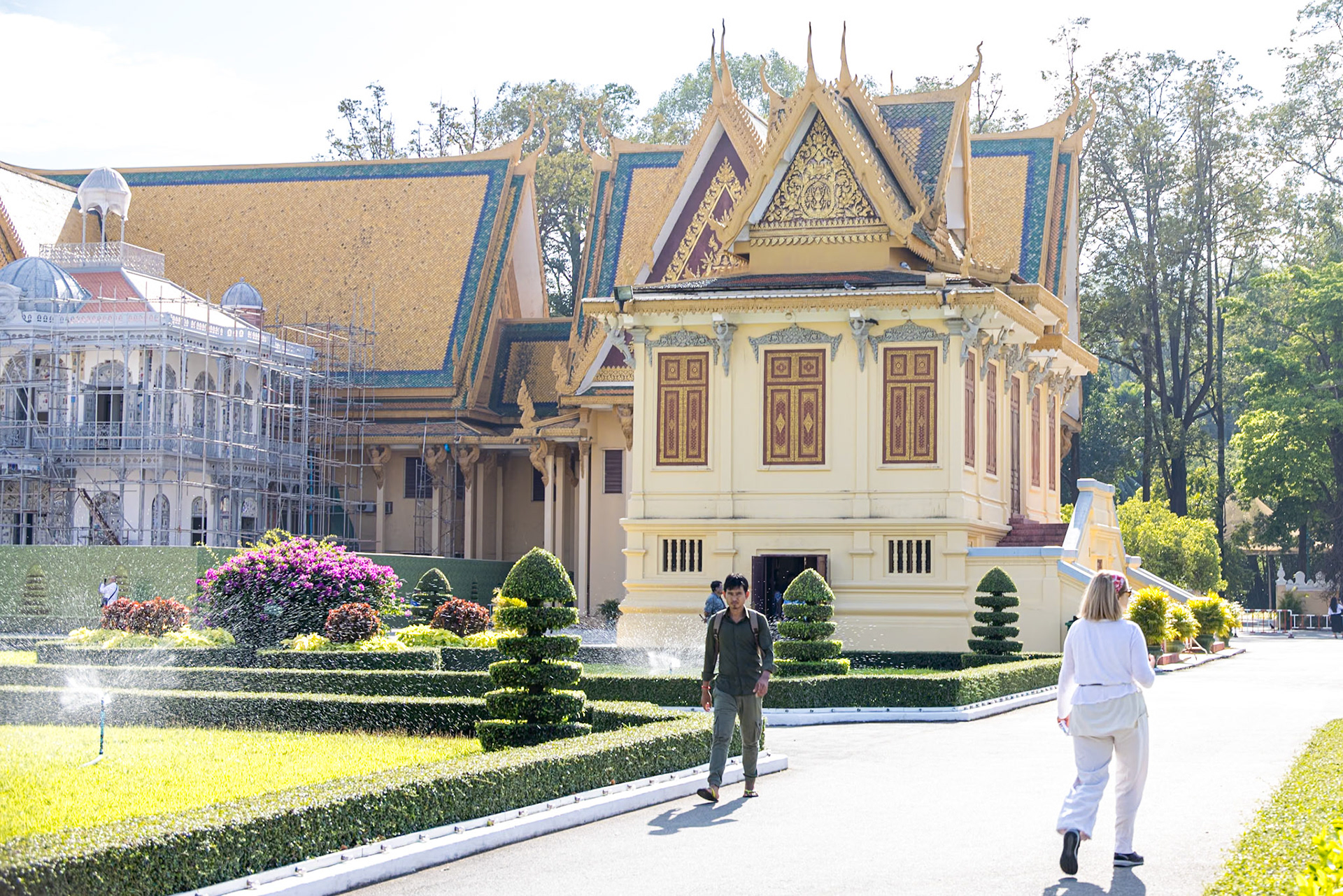
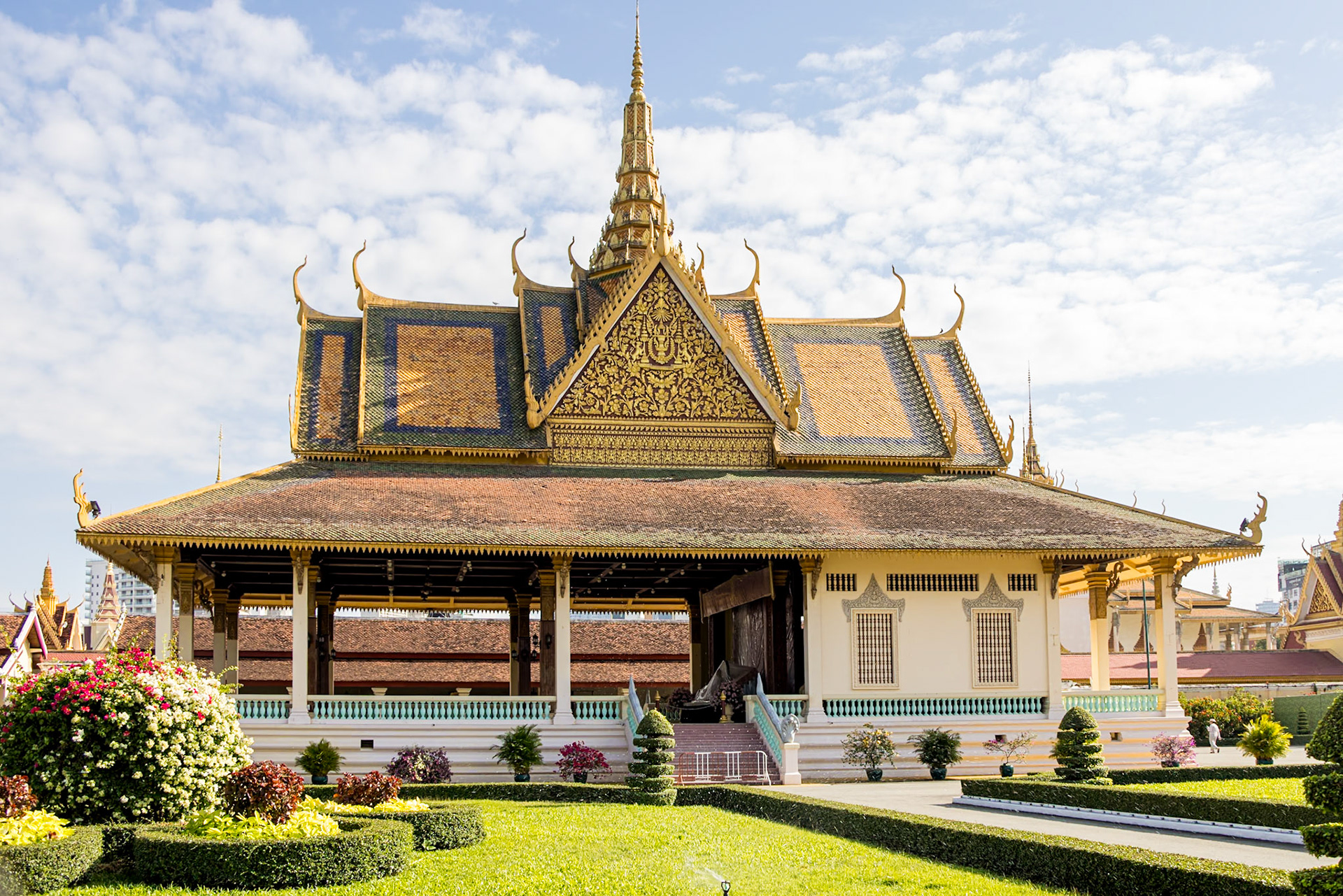
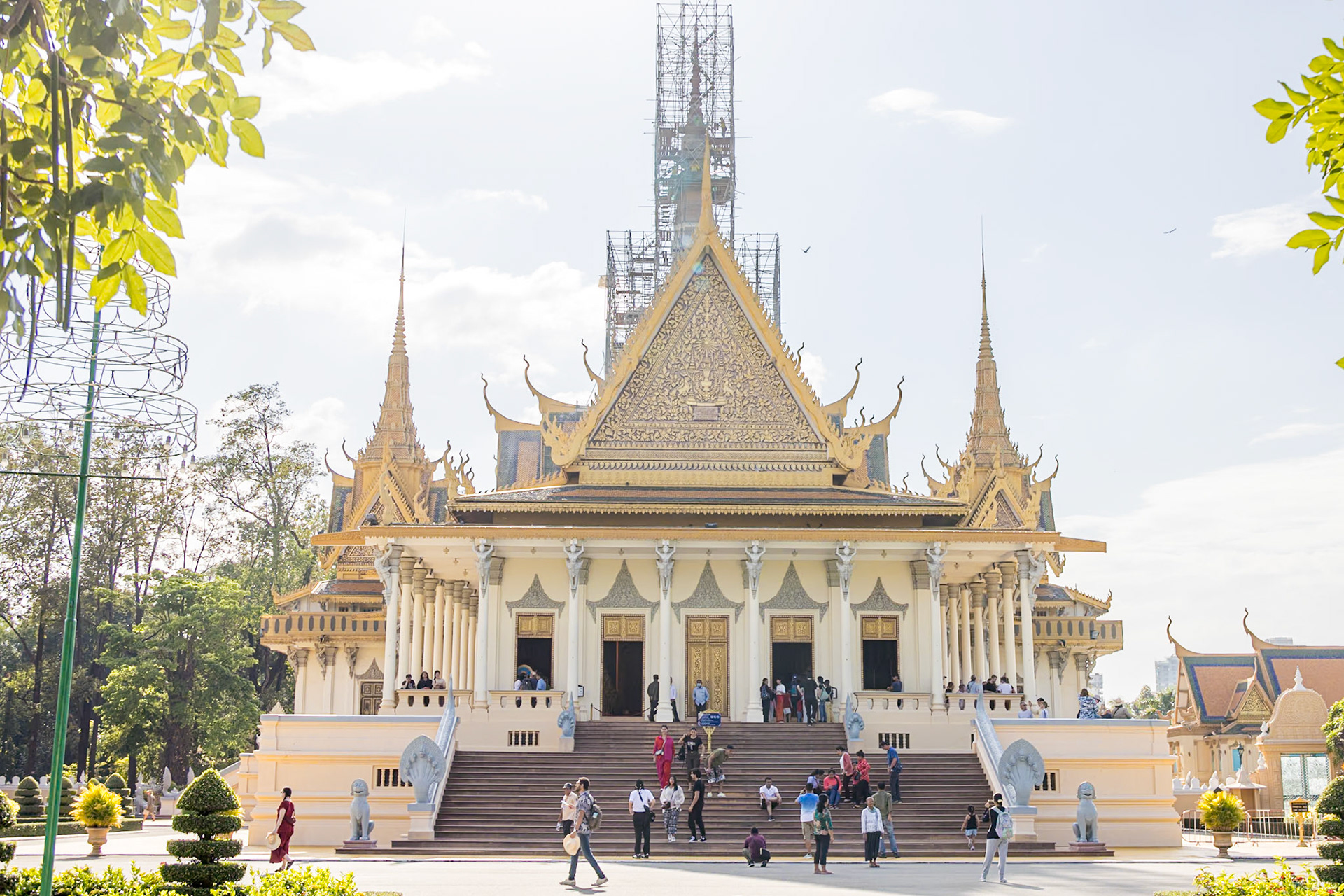
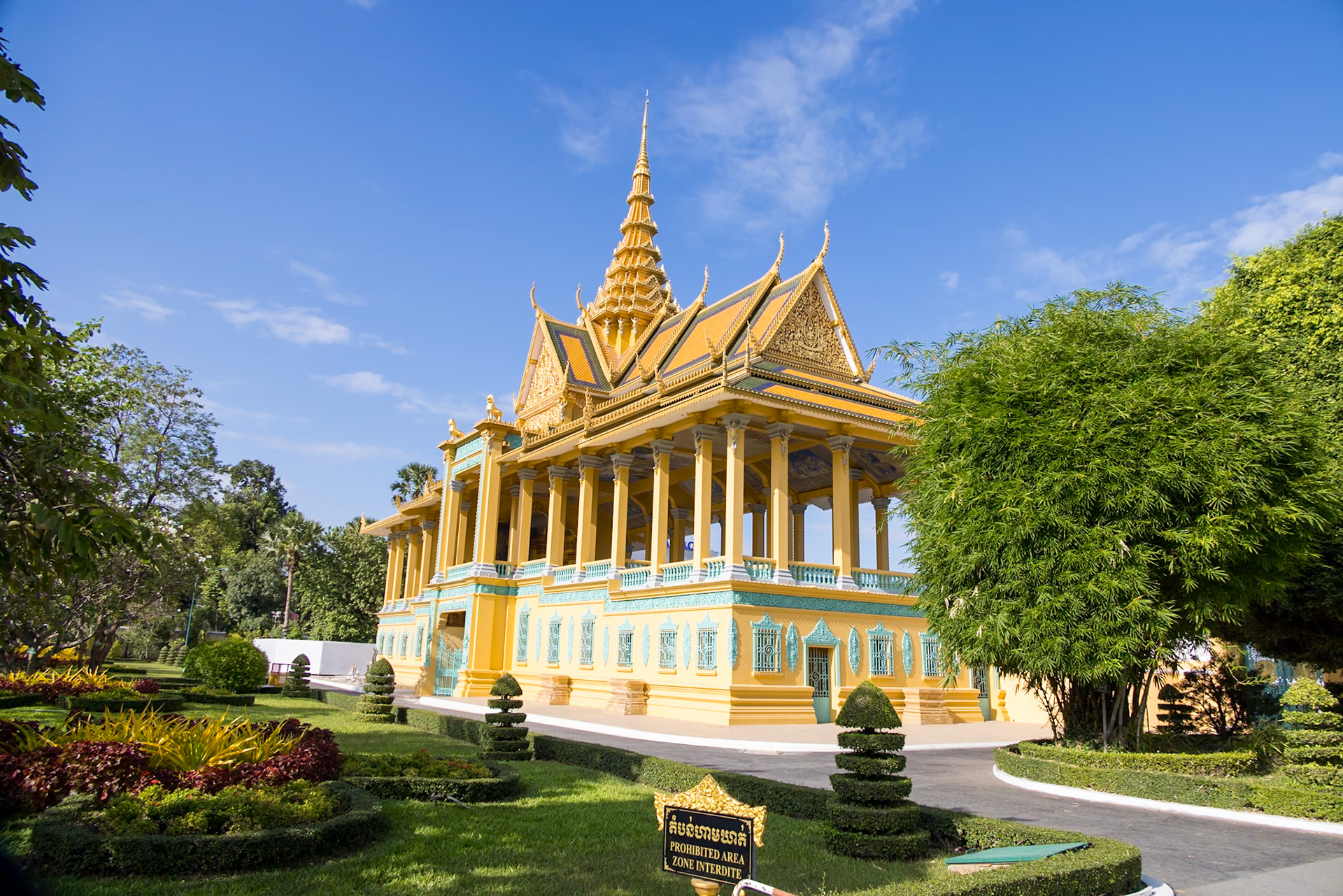
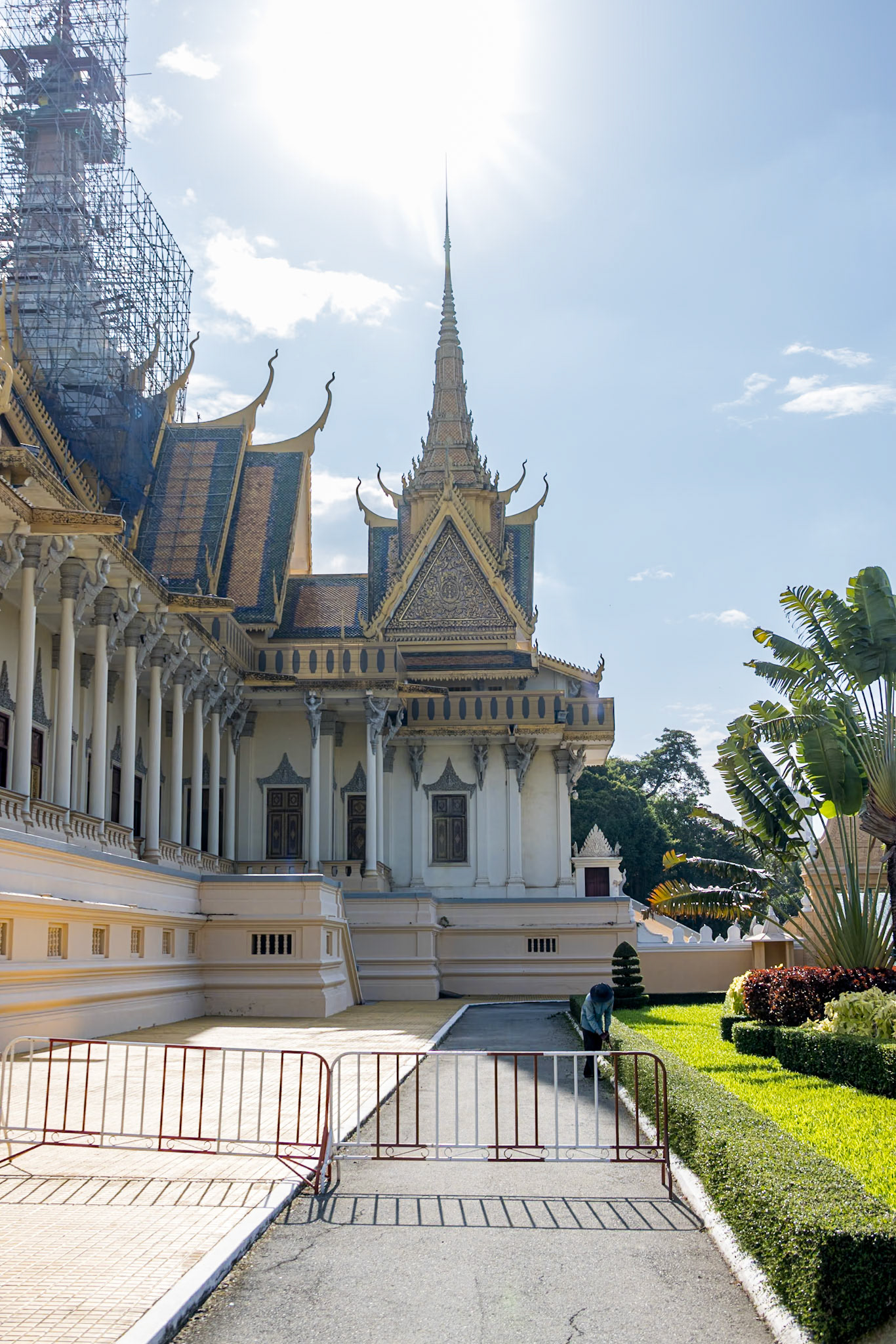
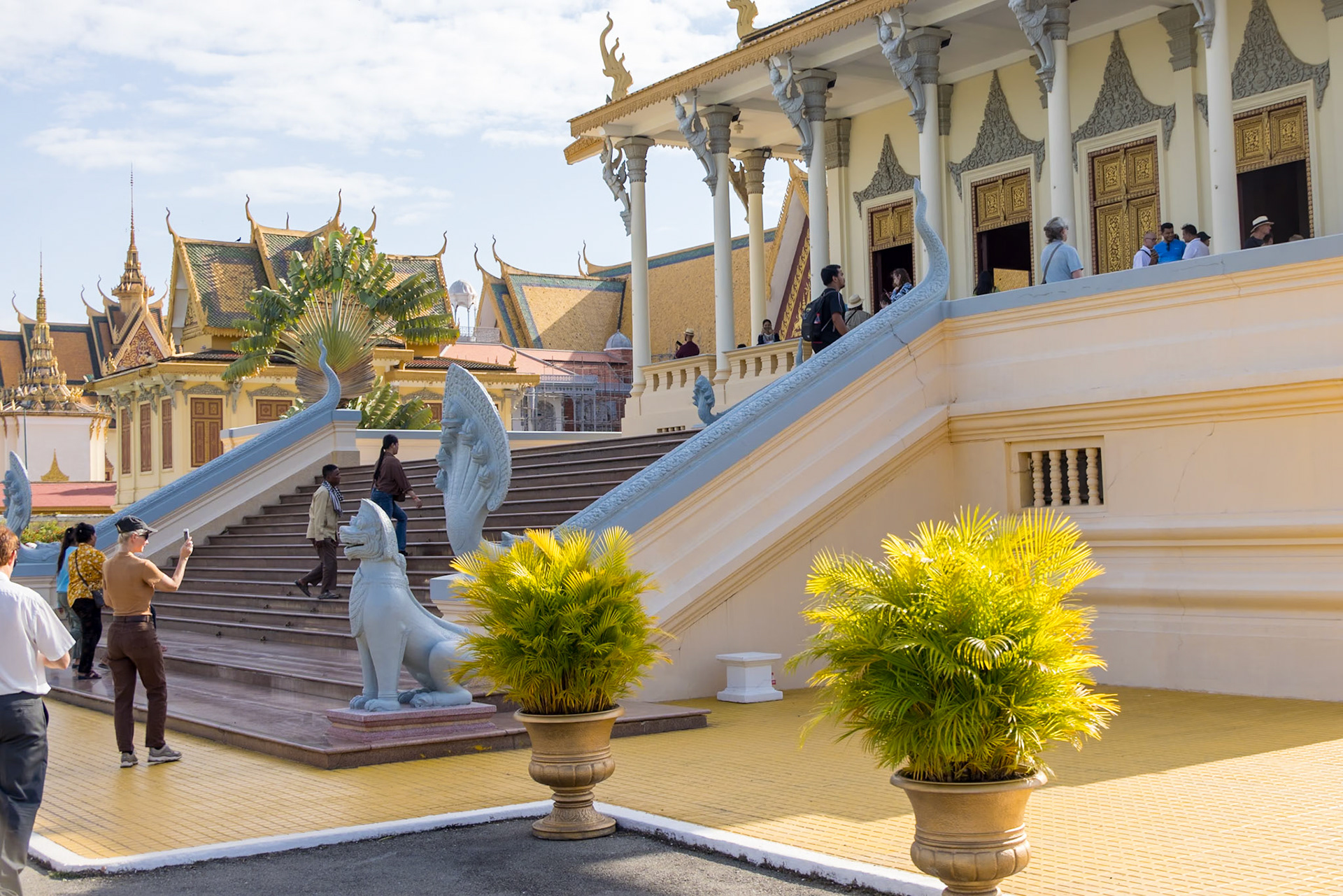
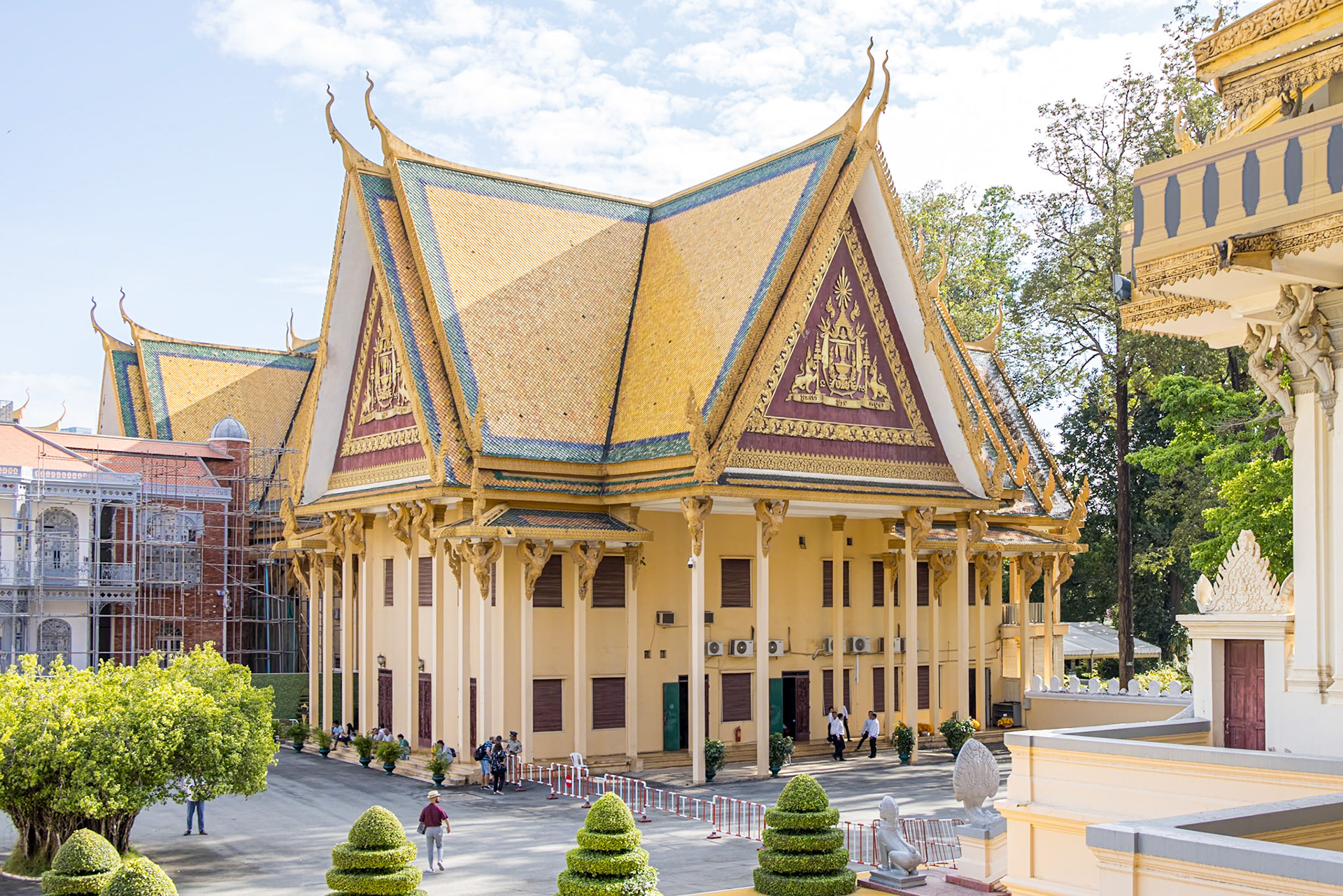
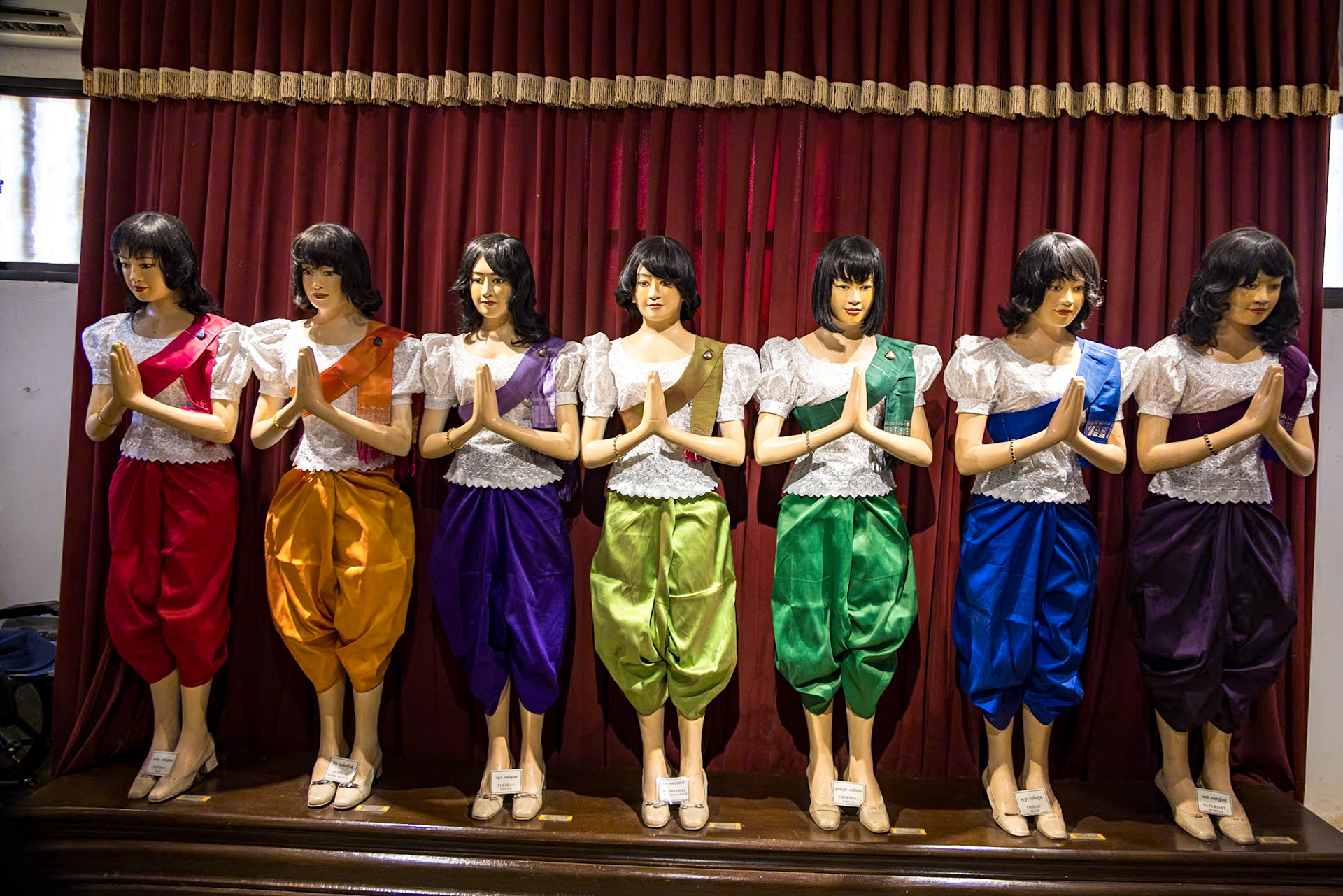
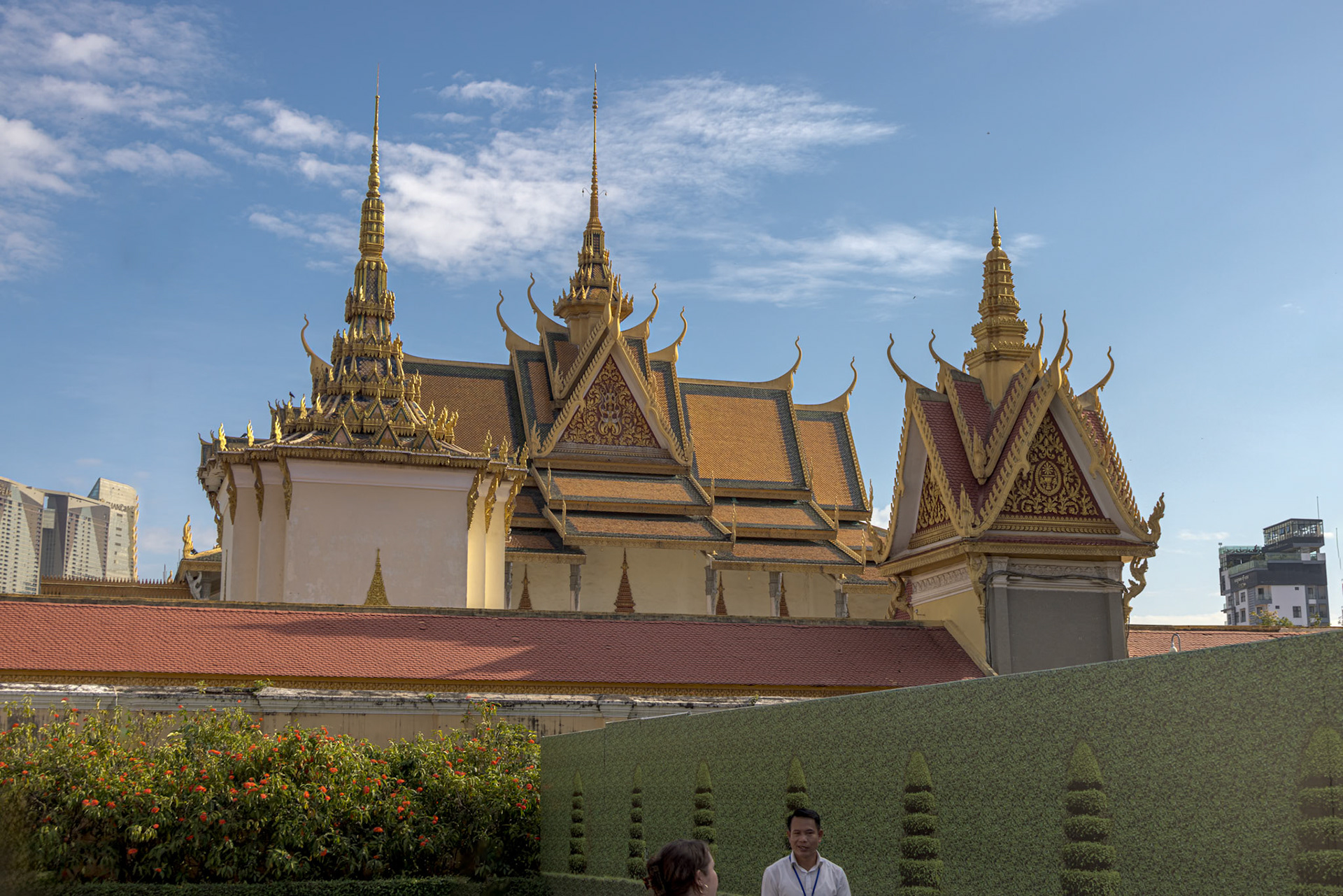
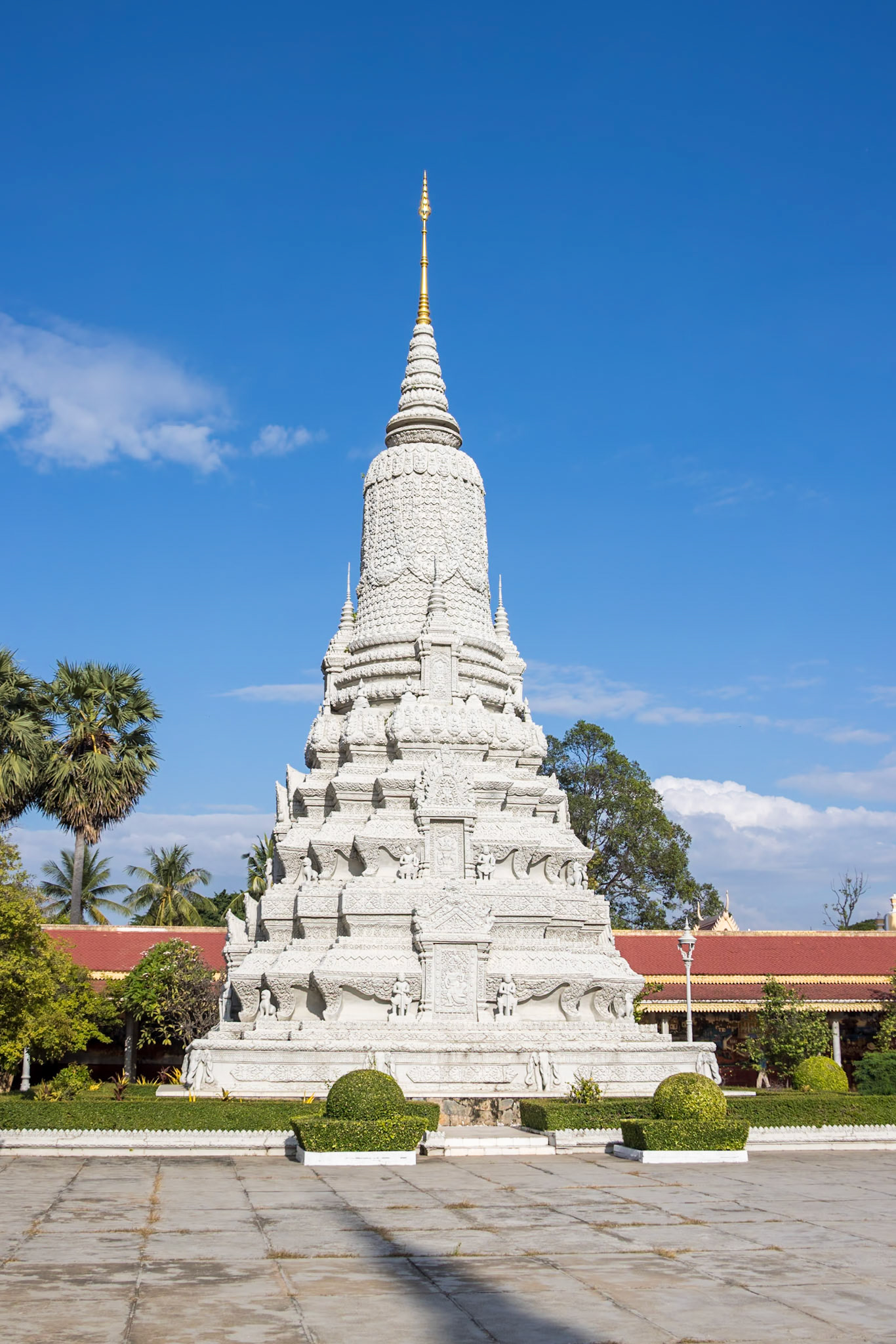
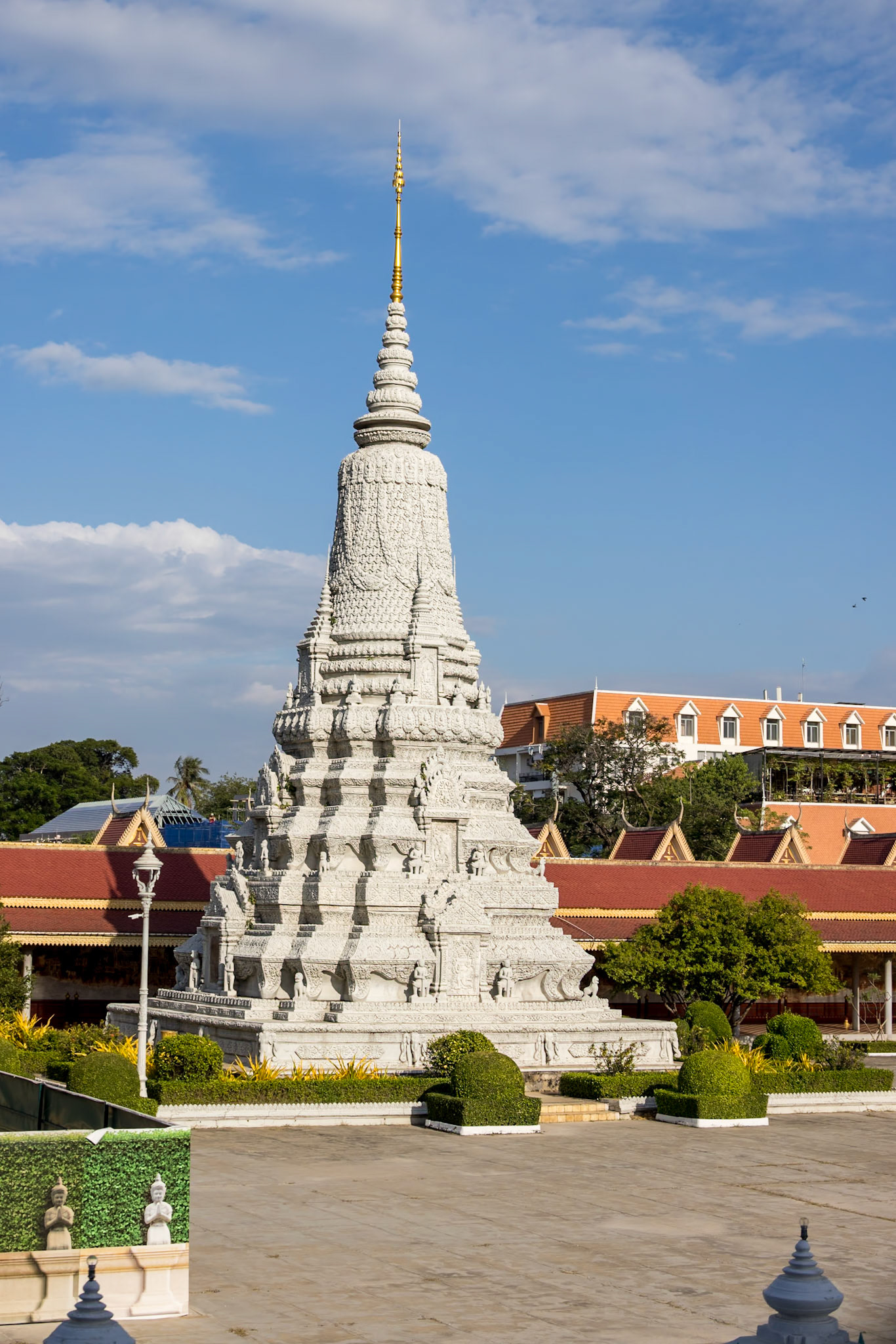
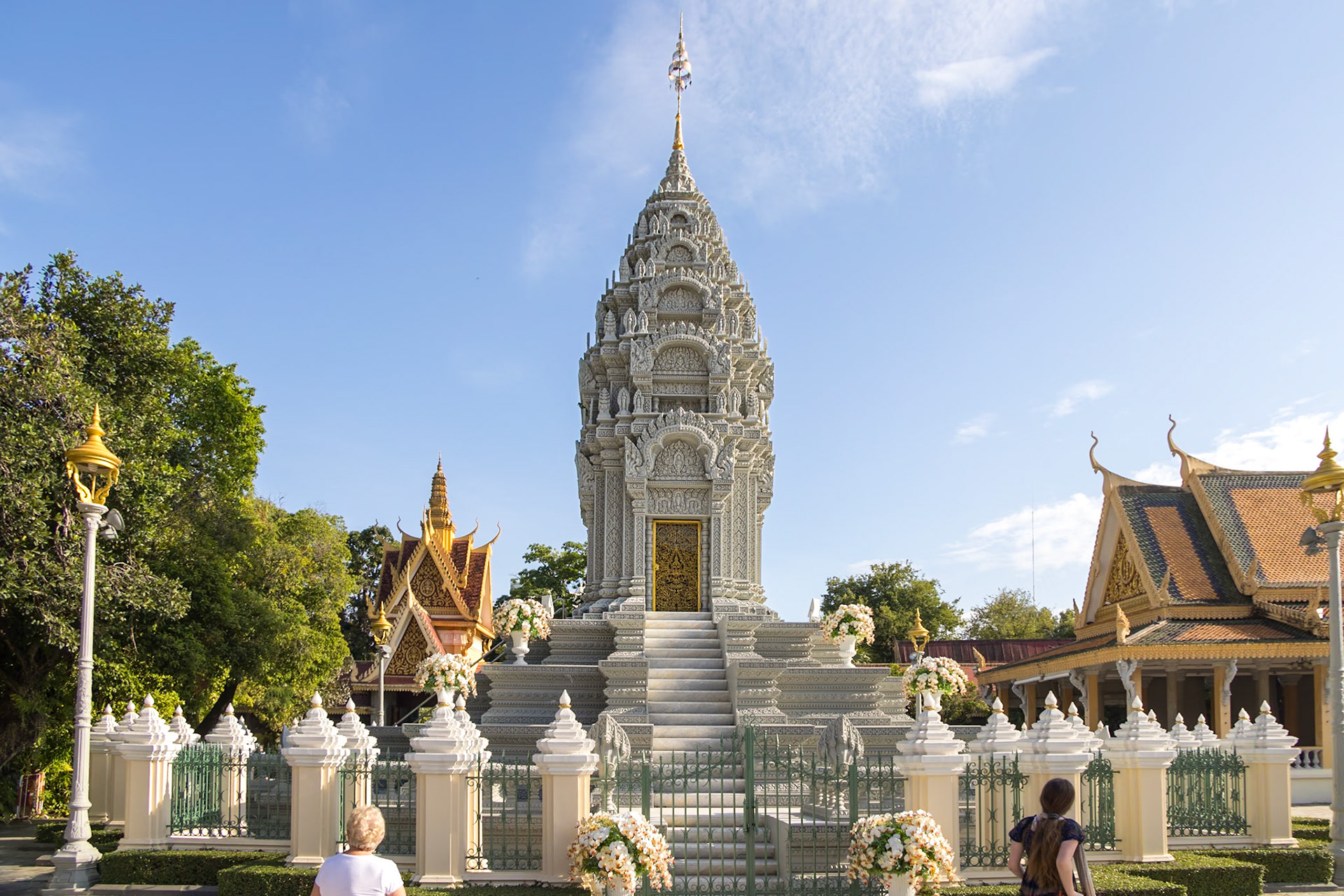
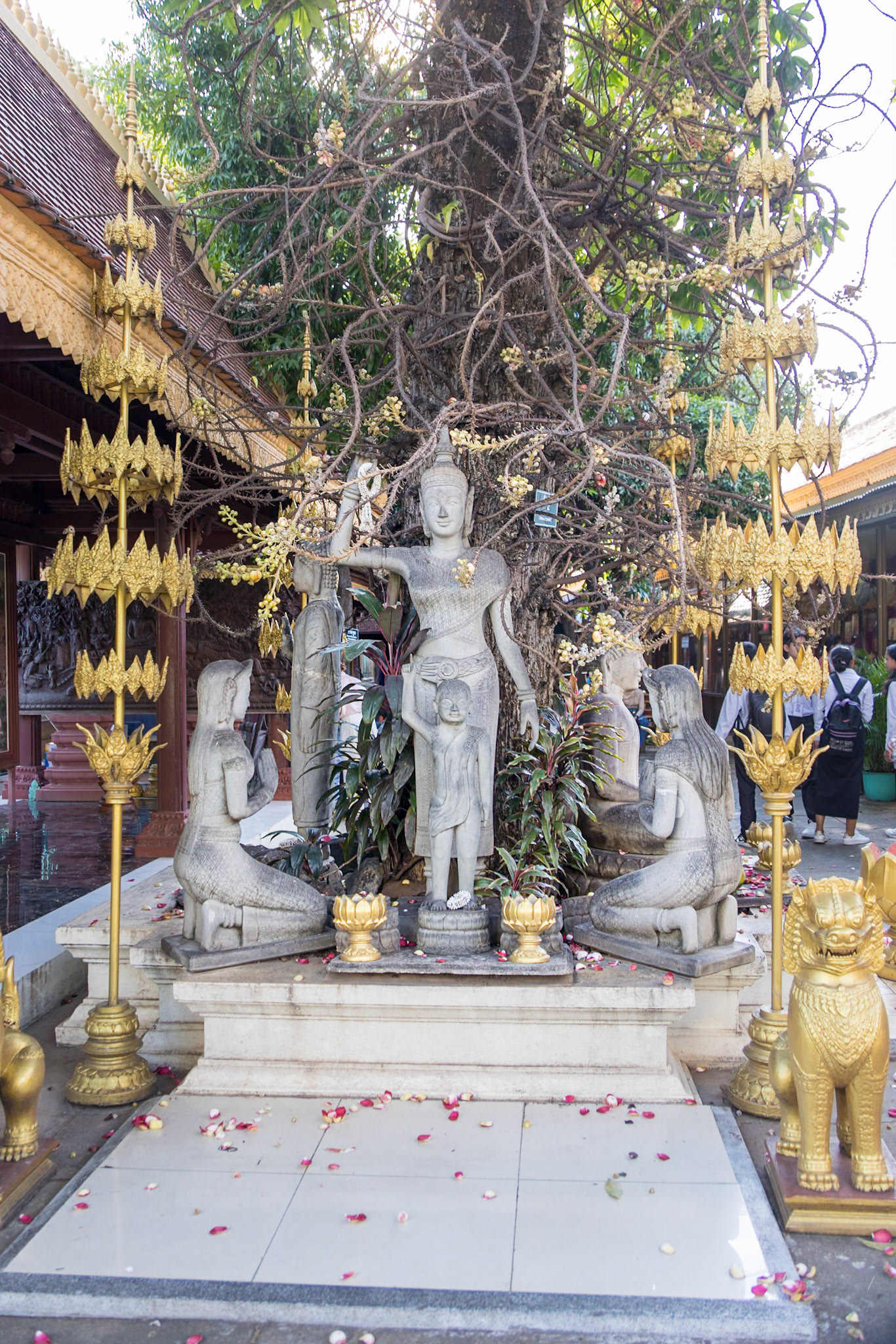
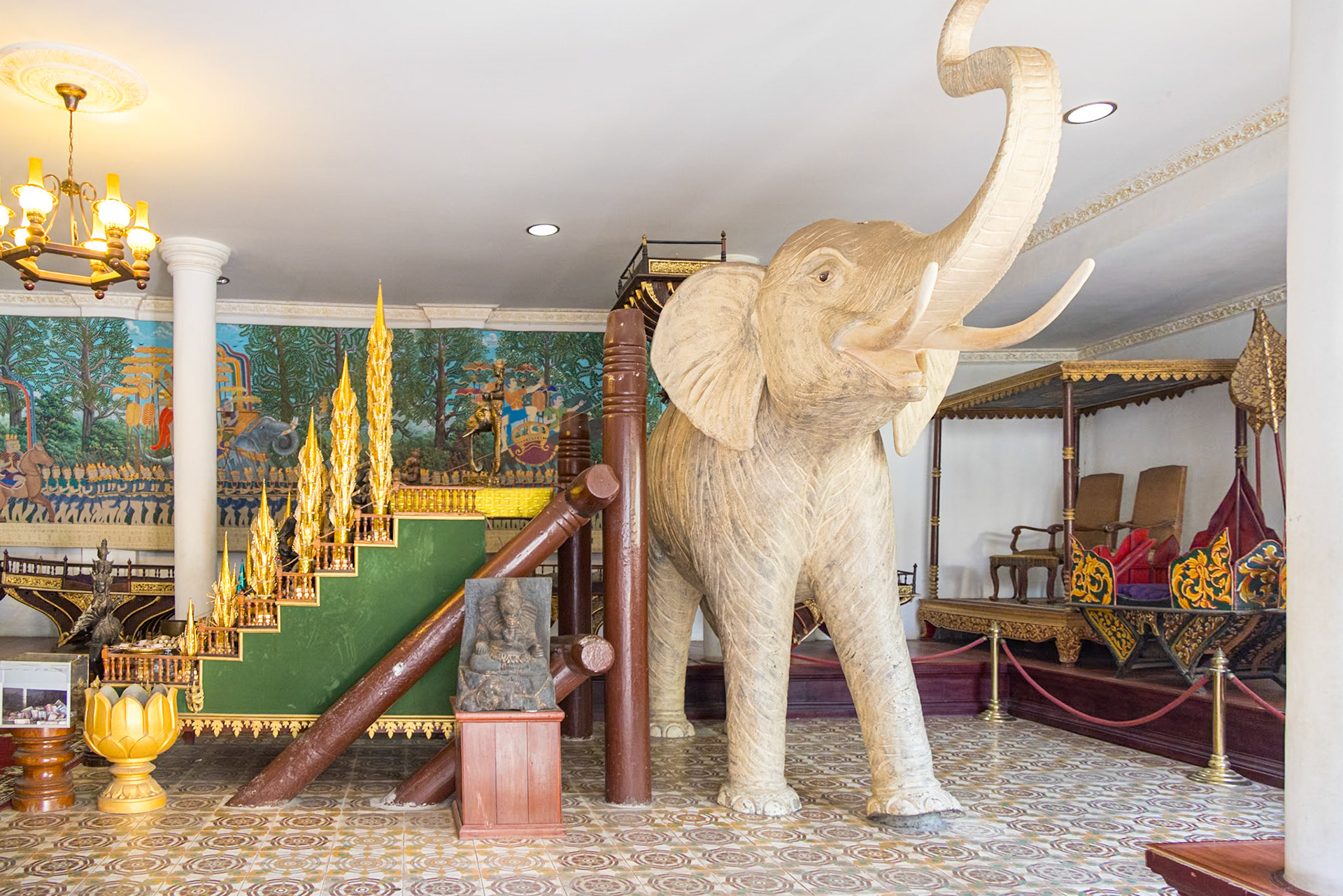
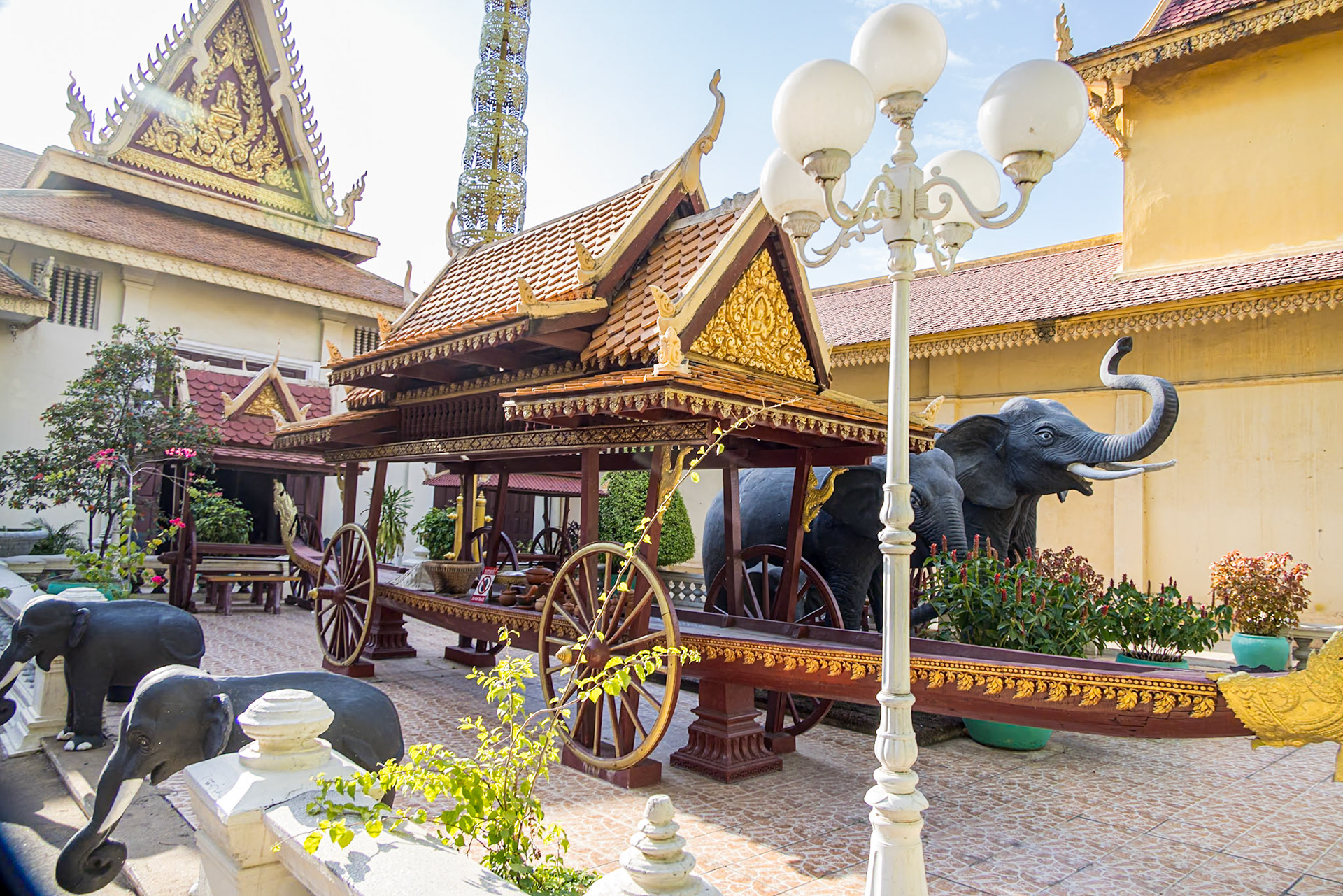
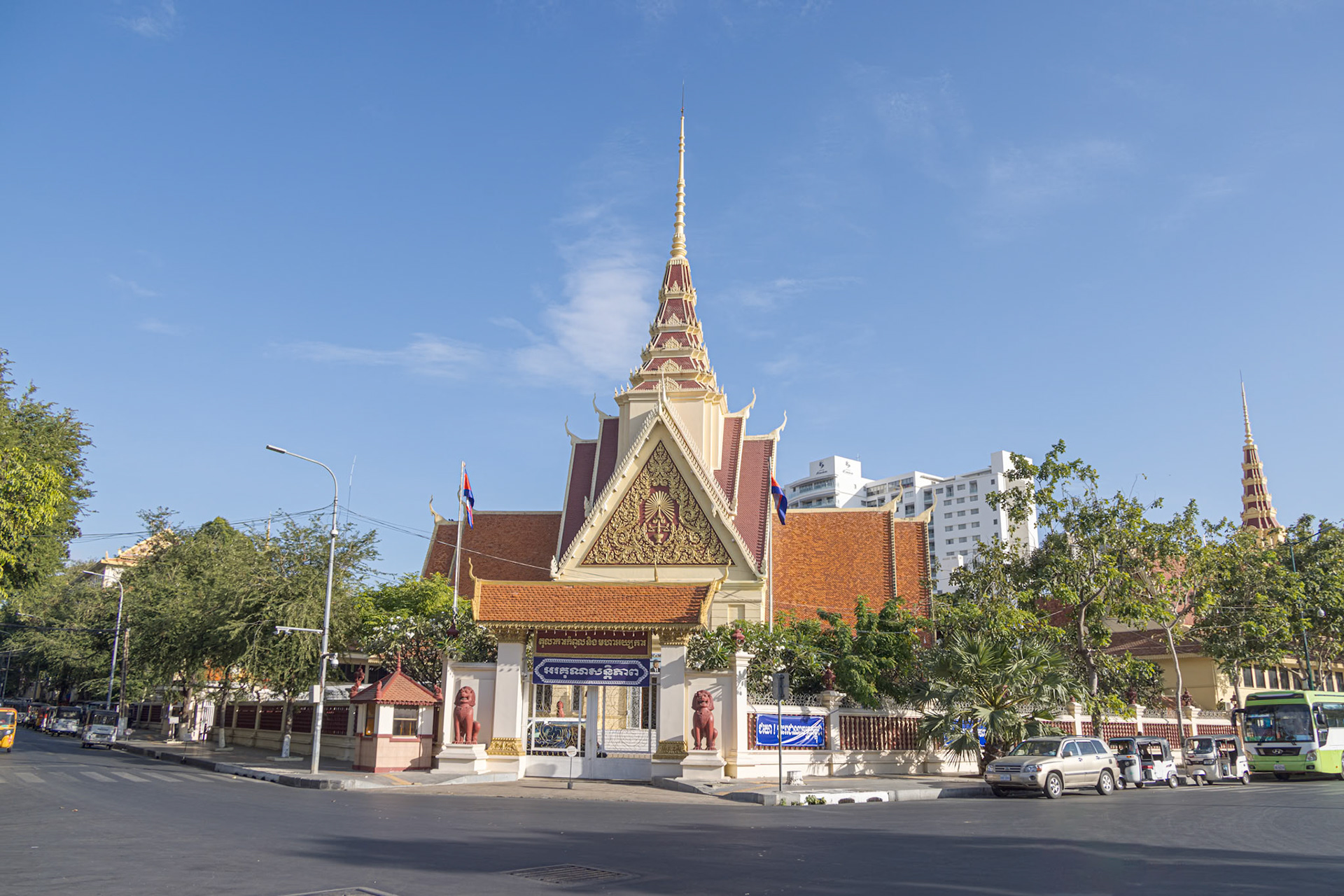
This was the first time the Westerdam had returned to the Sihanoukville, Cambodia port since the outbreak of Covid. The port gave the Westerdam permission to dock after being refused permission in other countries and allowed healthy passengers to fly home. There was a brief welcome back ceremony on ship and as passengers disembarked for their excursions everyone was given a Cambodian scarf. There were news reporters there that wanted to talk to some of the passengers that were again on the Westerdam from the previous visit. This was the start of a three-day overland excursion with the main feature being Angkor Wat. I won't go into detail about the transportation issues other than to say they lent to long stressful days. We stopped at the Tuol Sleng Genocide Museum which documented the atrocities/genocide that occurred during the Khmer Rouge communist rule between 1975-1979. The museum is located at the “S21” prison that was a converted high school within Phnom Penh, the capital of Cambodia. Of then thousands of men and boys that were sent to S21 there were only 6 known survivors. One of the survivors was at the site and would talk (through a translator) to anyone wanting to hear his first hand experiences. From there we went to lunch before proceeding to the Royal Palace within a pagoda-style compound. The Silver Pagoda takes its name from the 5,000+ silver tiles lining the building and holds a number of National Treasures, including a life-sized gold Maitreya Buddha decorated with 9,584 diamonds. We were also shown the “moonshine temple,” not American moonshine but where the king went to observe the full moon shining down on him. Finishing the tour of the Royal Palace it was time to rebound the bus and head to Siem Reap, the location of Angkor Wat. There was a stop for dinner before finally arriving at our hotel around midnight.





































